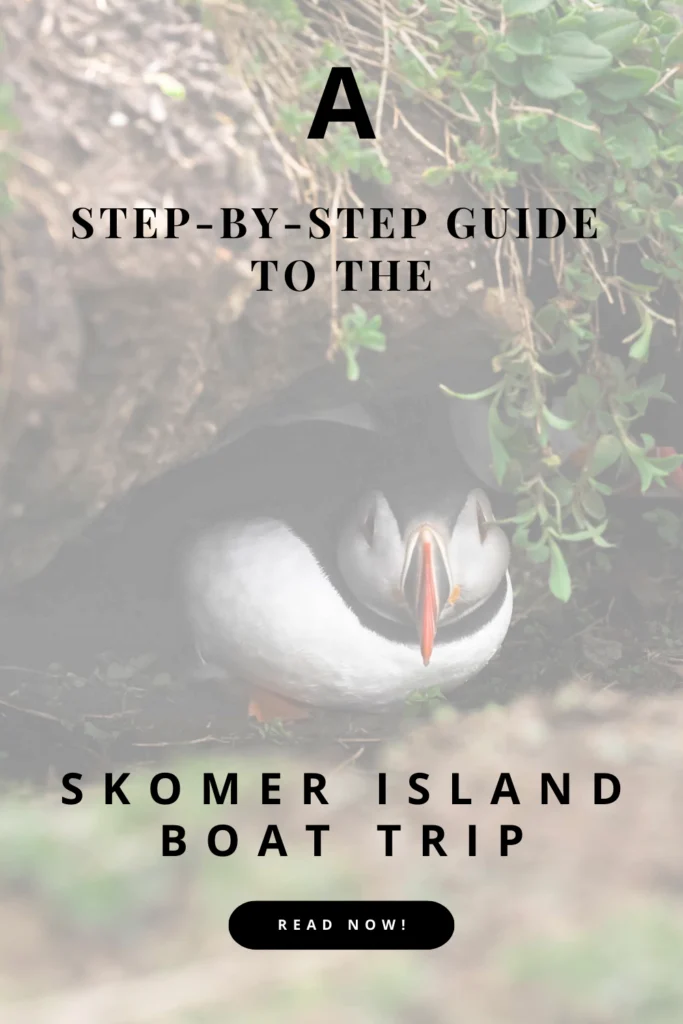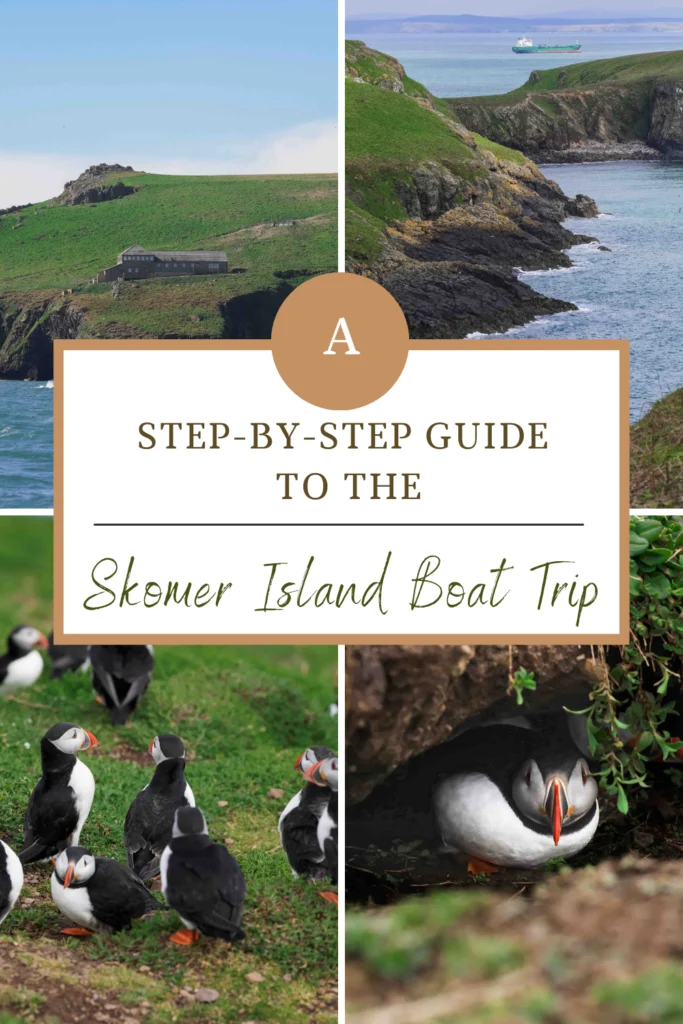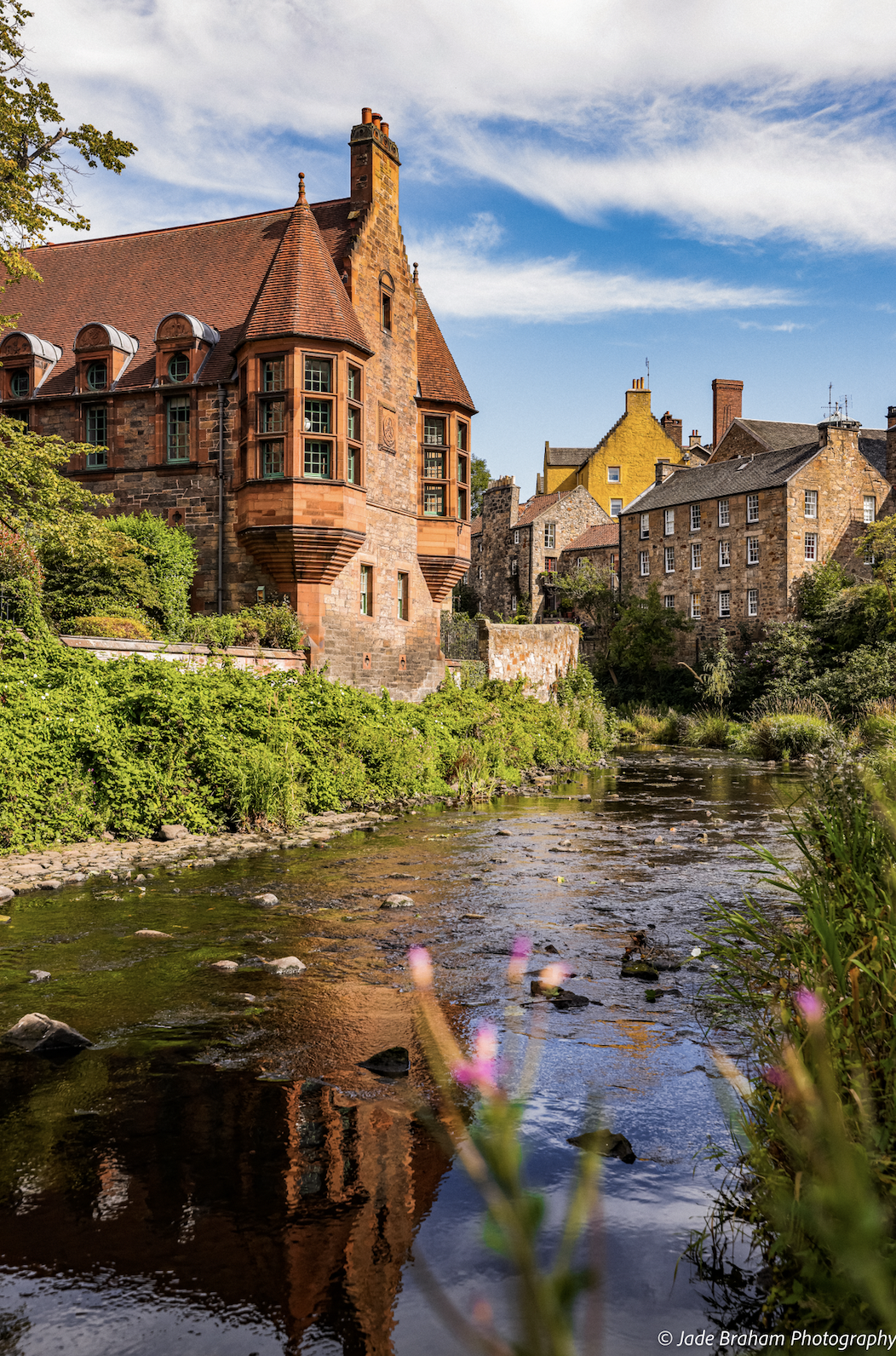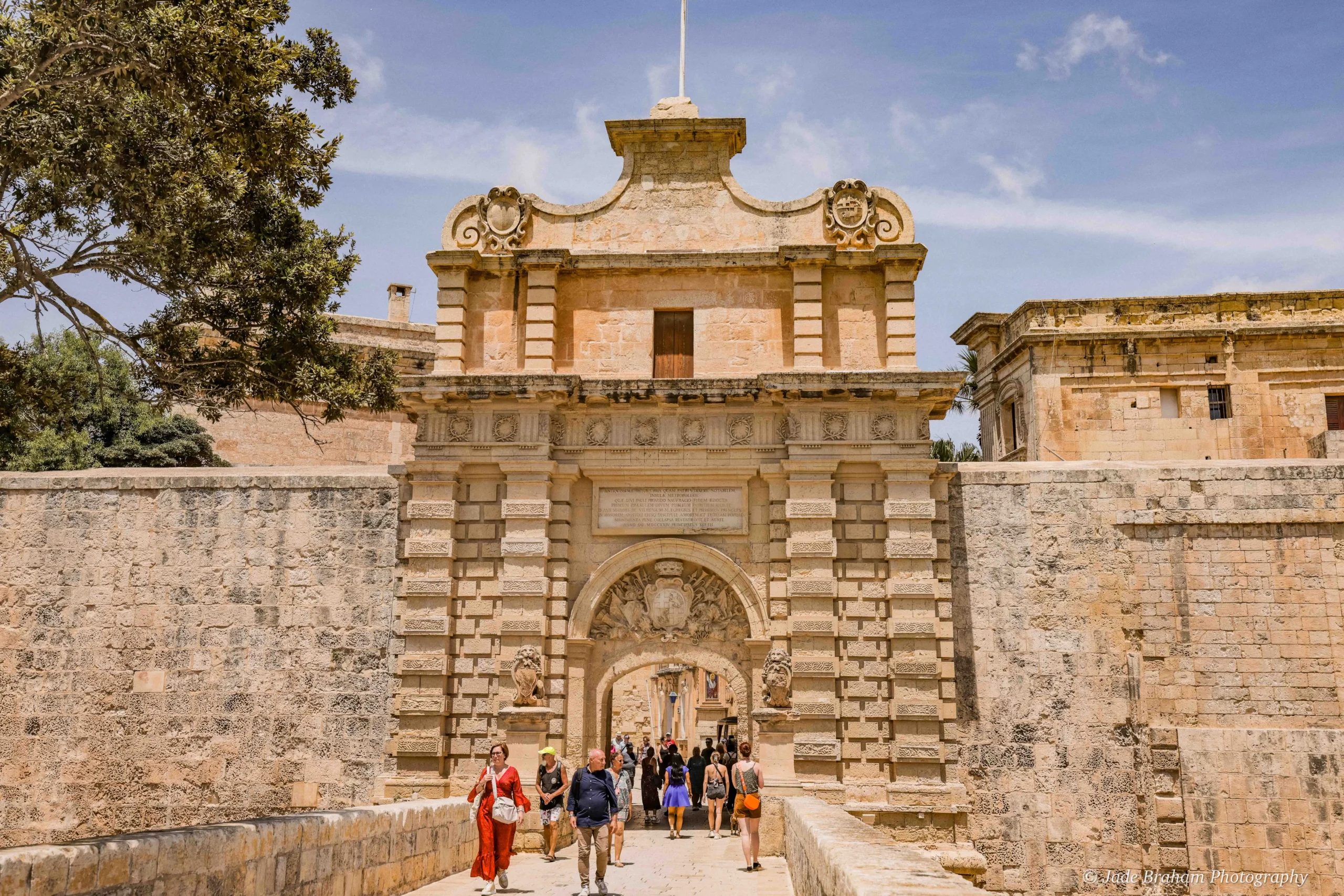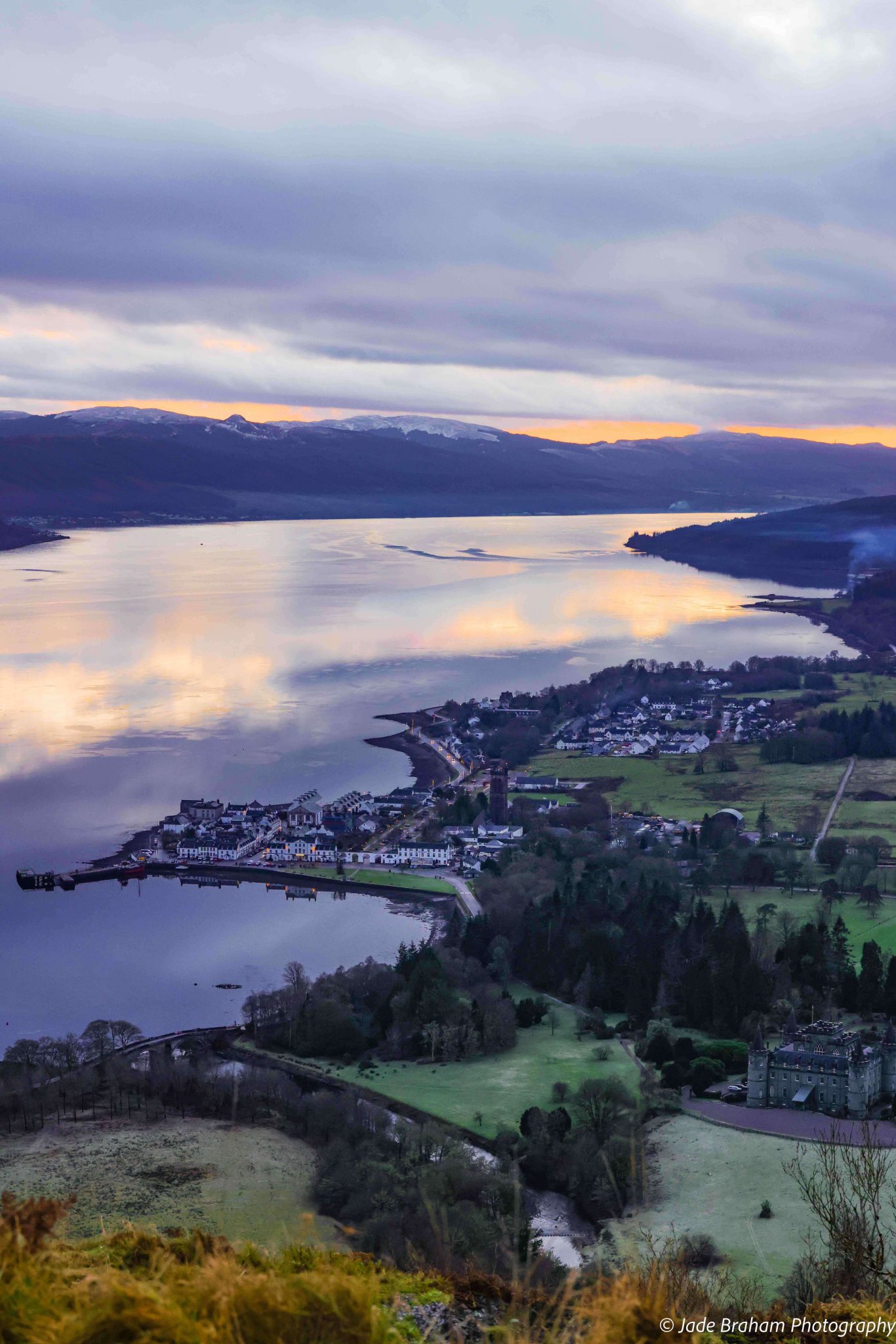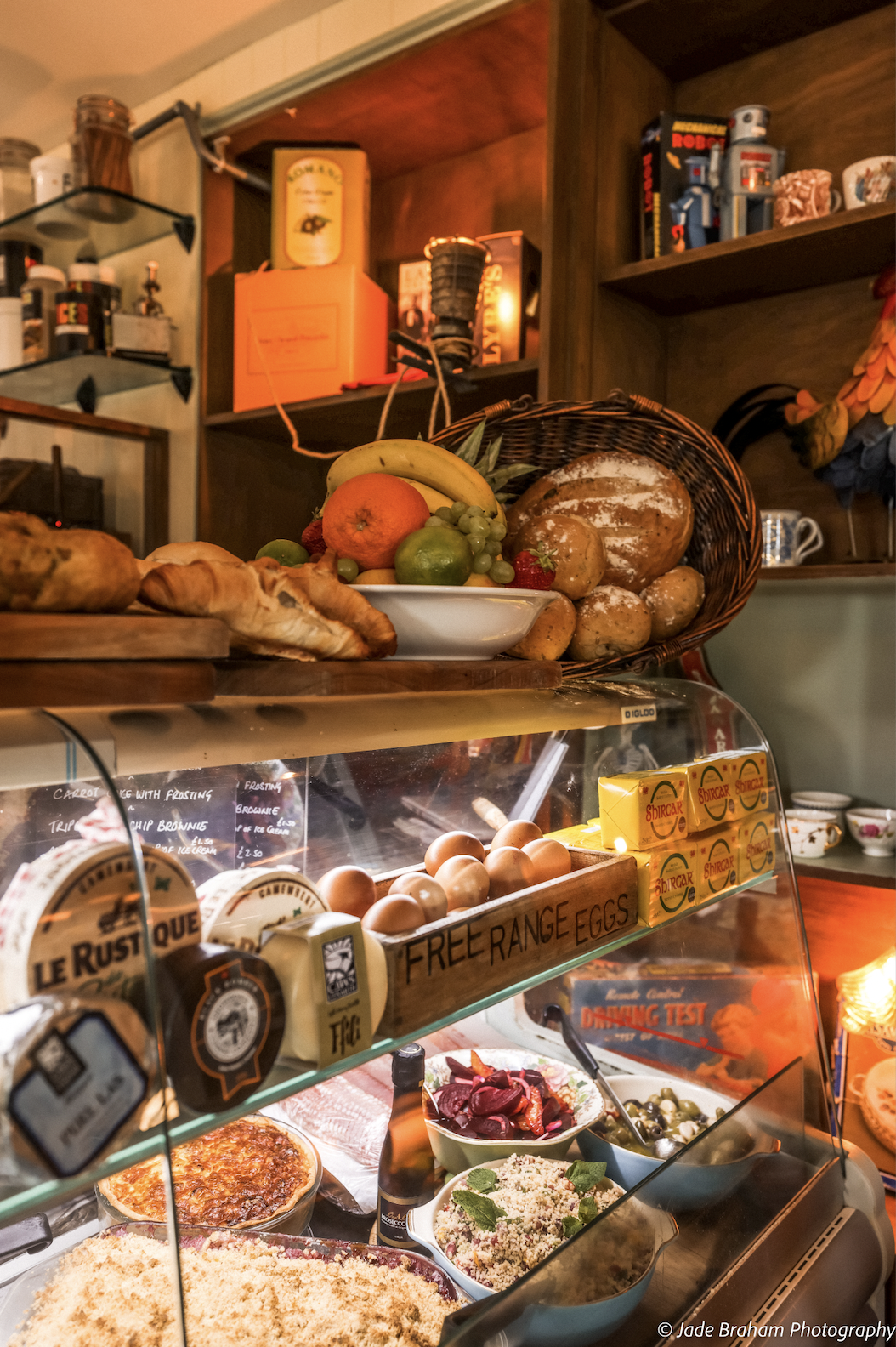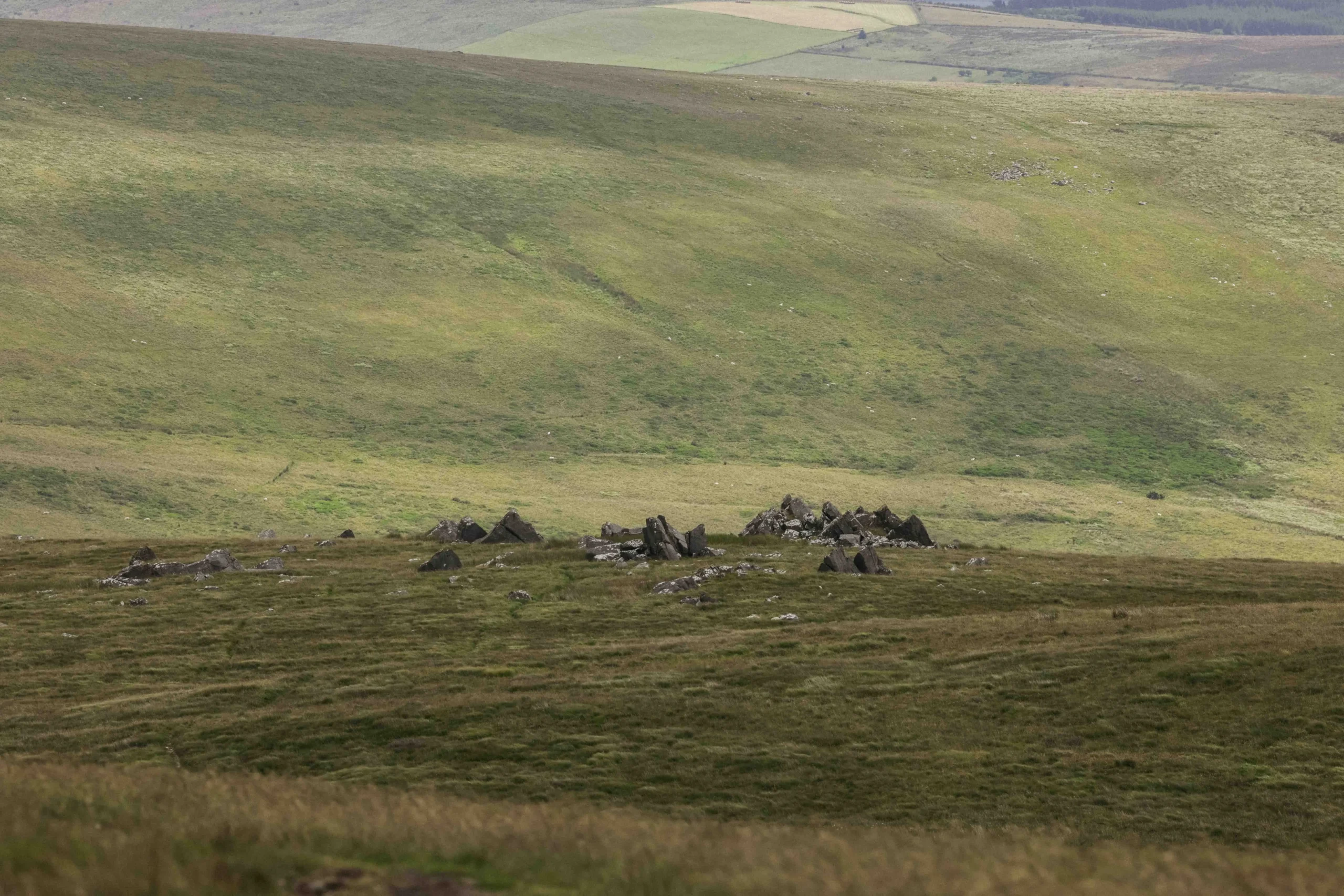The Skomer Island Boat Trip: Ultimate step-by-Step Guide
Skomer Island in Wales is a wildlife haven and a photographer’s paradise. Quietly lying off the coast of Pembrokeshire, Skomer Island is a 730-acre isle with a tapestry of sheltered inlets, swelling hills and exposed headlands. It’s known for having the largest breeding population of Manx Shearwaters in the world – around 300,000 pairs nest on the honeycomb island. But most visitors come to Skomer Island to see the charming orange-beaked puffins. There are over 250,000 breeding puffins on Skomer Island – the largest colony in Southern Britain – and in certain corners, these characterful seabirds practically walk over your feet. But that’s not all on offer on Skomer Island, and here’s my step-by-step guide so you can make the most of this Skomer Island boat trip.
You’ll discover that Skomer is also a National Nature Reserve managed by The Wildlife Trust of South and West Wales. This means there are more seabirds to see than you’ll know what to do with and several well-preserved historical and archaeological sites to explore.
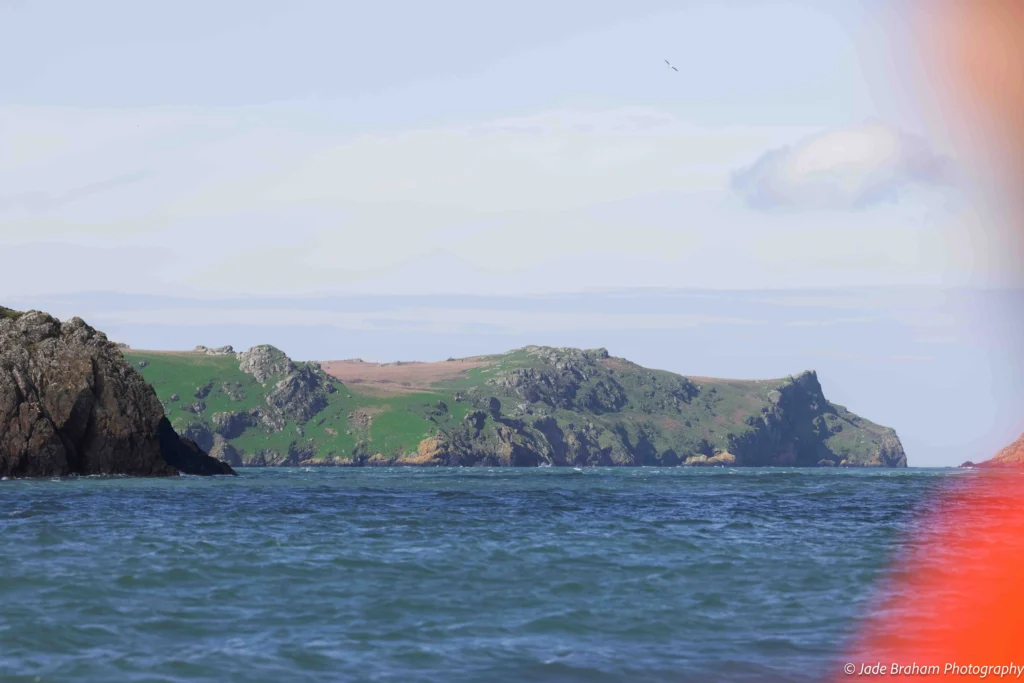
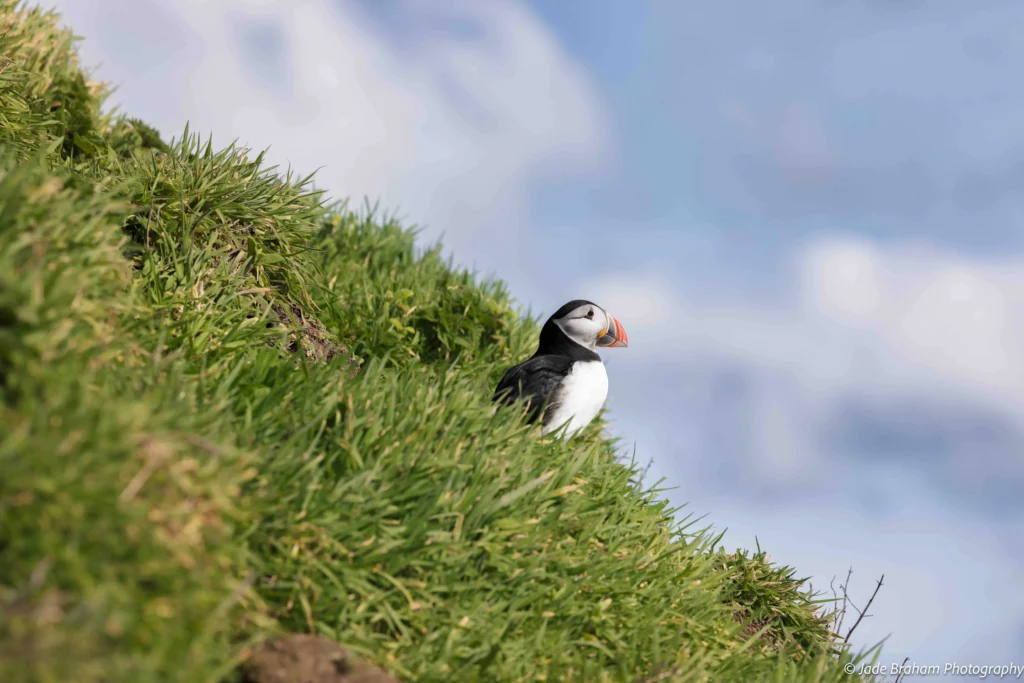
How to experience The Skomer Island Boat Trip
There is only one boat trip to Skomer Island that actually lands on the isle, and that is the Pembrokeshire Islands Boat Trips. You can purchase tickets here, and it is recommended you book in advance as there are limited spots each day. You’ll begin your journey by parking at the National Trust-operated car park at Martin’s Haven (£7 per car). You’ll then head to Lockley Lodge to check in, buy a cuppa and grab a map of Skomer Island, which comes with a detailed guide to help you identify the island’s many wildlife. Walk five minutes downhill to Martin Haven’s beach, where you’ll find a small “museum” detailing the sealife around Skomer Island.
You need to arrive an hour before your boat departs, so I’d recommend making the most of the serene beach. Watch adventure enthusiasts head out to dive, walkers climb the undulating cliff face, and plucky seals popping their heads out of the splashing ocean. Before you know it, your Skomer Island Boat Trip vessel will have arrived, and you’ll be on your way to Wales’s seabird mecca.
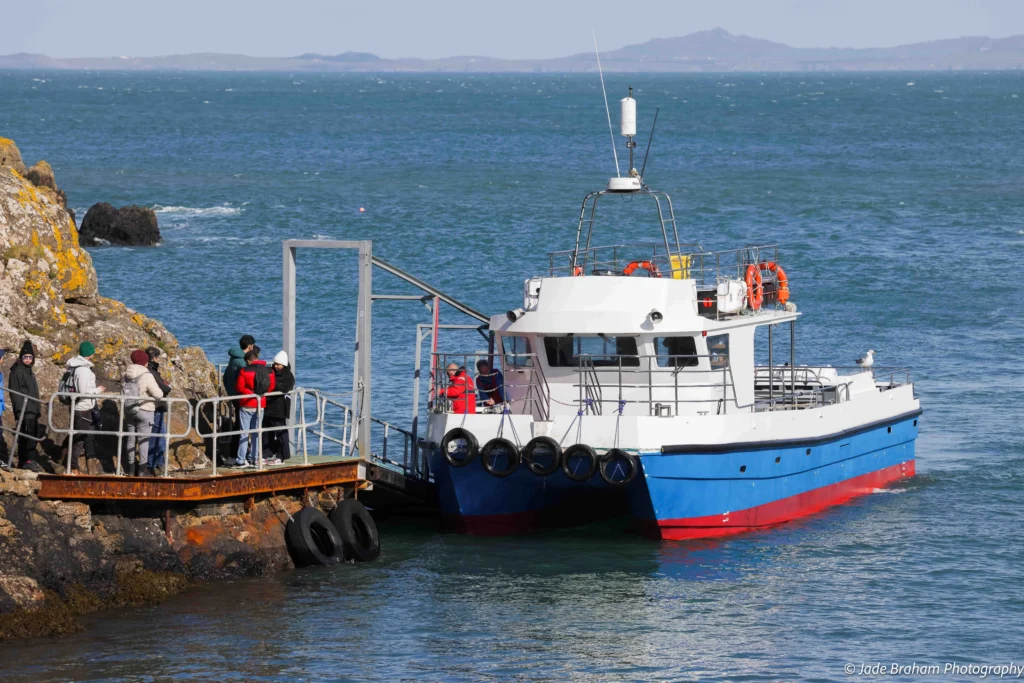
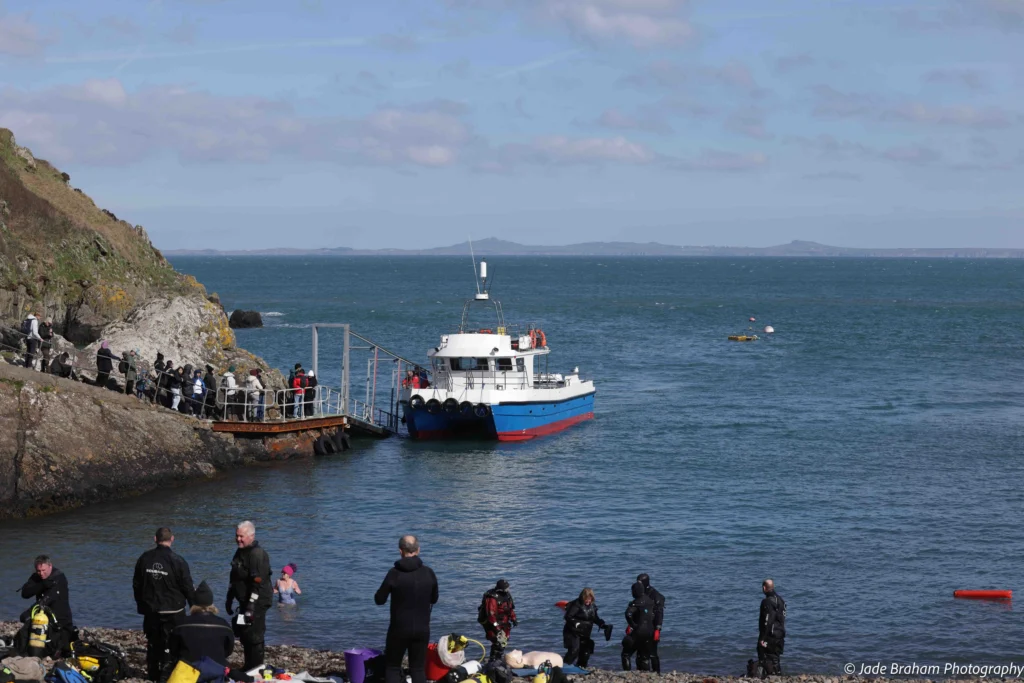
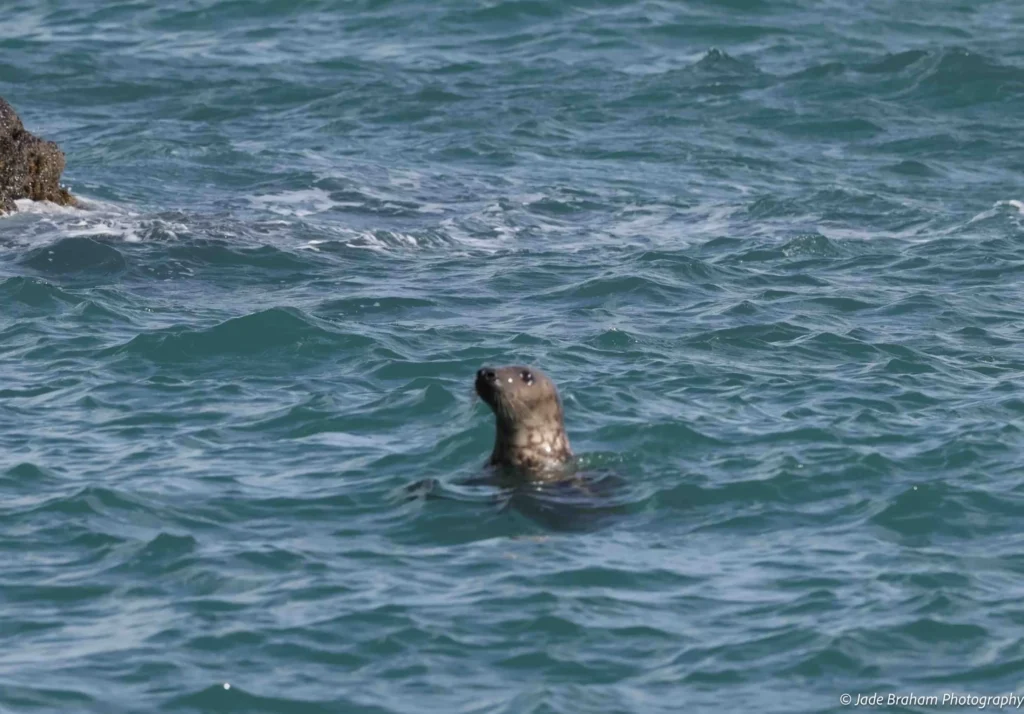
How long does the Skomer Island Boat Trip Take?
Your Skomer Island boat trip will start by leaving Martin’s Haven, and it takes 15 minutes to glide to Skomer Island. Once on the island, you’ll have four hours to explore at leisure. But during your boat ride, let yourself be consumed by the whirlwind of seabird activity. Amidst the rhythmic lull of your boat slicing through crashing waves, a symphony of coastal melodies will unfurl. A distinctive piercing cry intermingled with a throaty ‘ha-ha-ha’ will announce plucky Seagulls. Their graceful silhouettes, with wings outstretched, will glide against the canvas of the sky, riding the wind’s currents.
Watching them will put you in a trance, broken only by the busy flutter of the orange-beaked Puffins, whose stubby wings beat furiously as if it’s rush hour and they’re in a hurry to beat the traffic and get home. Their clown-like behaviour contrasts with the acrobatic movements and dagger-like beaks of the white-backed Gannets, whose sharp, staccato sound dissipates within seconds of its utterance. With all this going on, you’ll know you’ve reached Skomer Island.
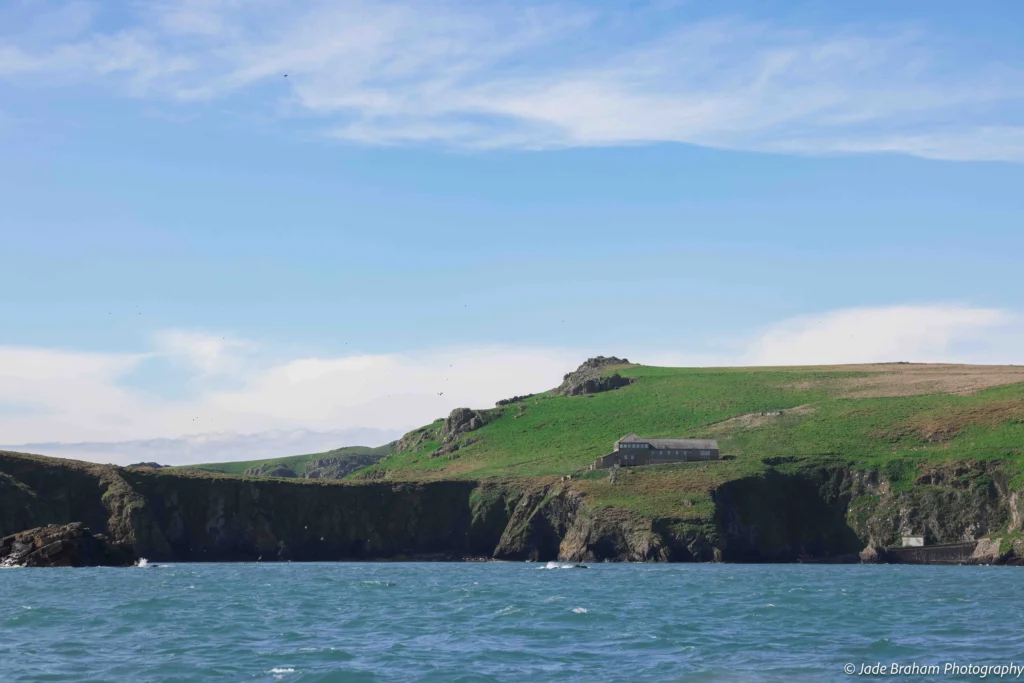
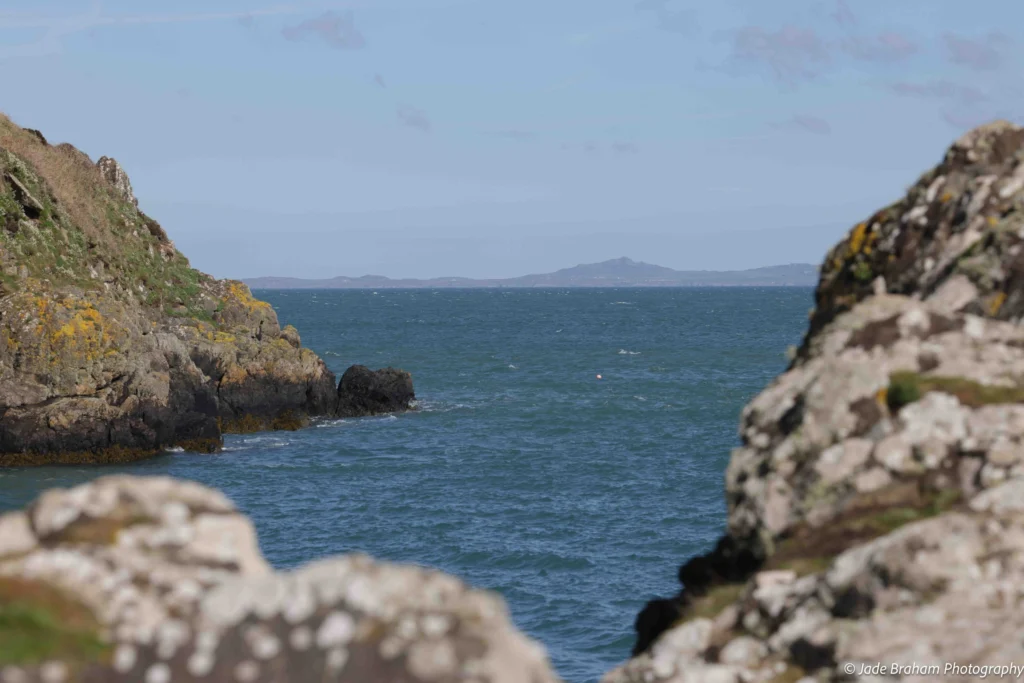
Skomer Island Boat Trip Landing
Once the boat docks, you’ll have to walk up 87 steps to the island’s “entrance”. According to the boatman, Sir David Attenborough could achieve this hike with only one stop for breath. However, as blood thumped around my head, I realised that he’s more than a brilliant biologist and naturalist; he is also incredibly fit. Thankfully, a lone puffin sunbathing under the sun’s dazzling rays provided an excuse for me to whip out my camera and catch my breath. If you also need a rest, don’t worry; there will be plenty of seabirds waiting to be your excuse.
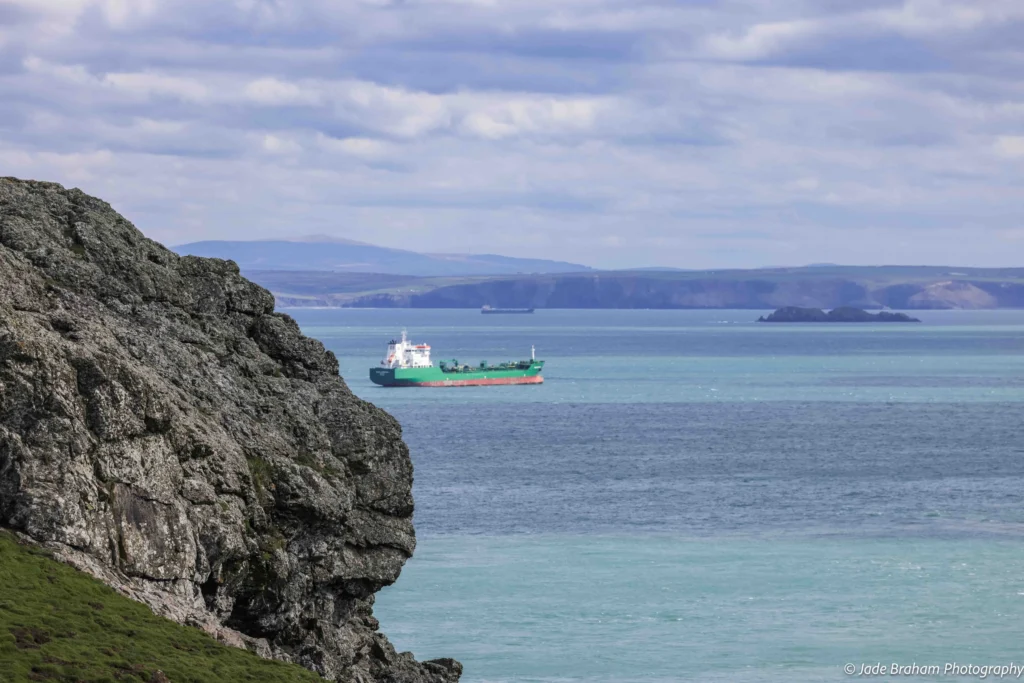
History of Skomer Island
Skomer Island formed over 12,000 years ago during the last Ice Age. History buffs will instantly know that its name boasts Viking origins, deriving from Skalmey, which comes from two words: skalm, meaning ‘a short sword or cleft’, and ey, which means ‘island’. So, Skomer officially means “Cleft Island”. This likely alludes to the isle’s distinct feature of being nearly bisected, connected solely by a slender stretch of land recognised as The Isthmus. Many of its neighbouring islands have Viking names. However, little to no evidence suggests that these marauding invaders ever settled on Skomer. But a few ancient flint flakes propose hunter-gatherer communities might have crossed the area when it was a part of the mainland 37,000 years ago. Archaeological remains further denote activity from the Iron Age to the present day.
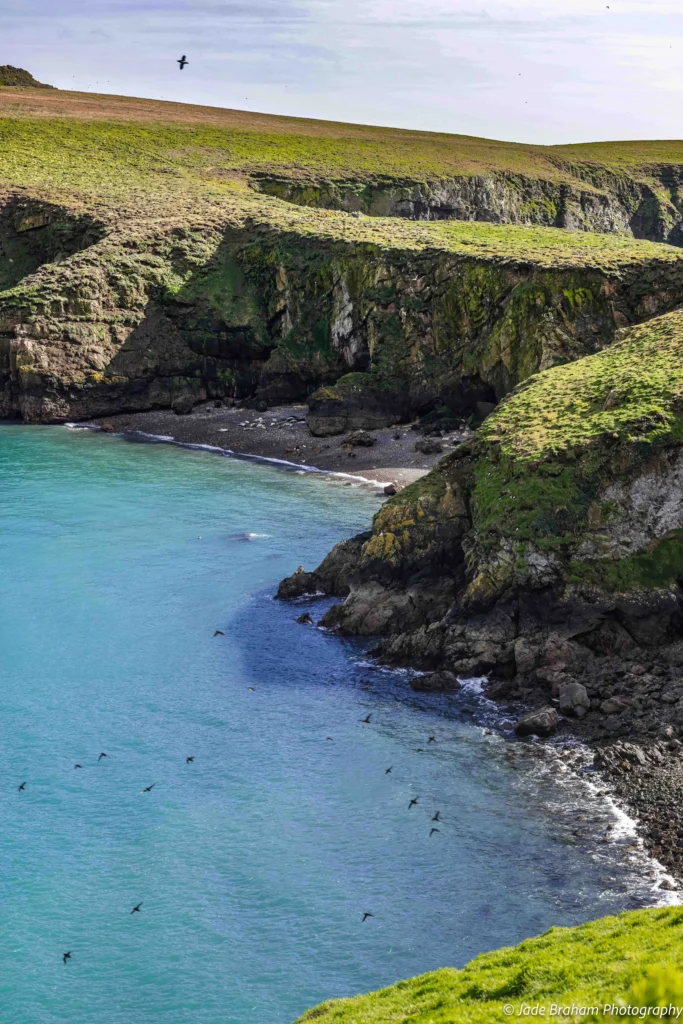

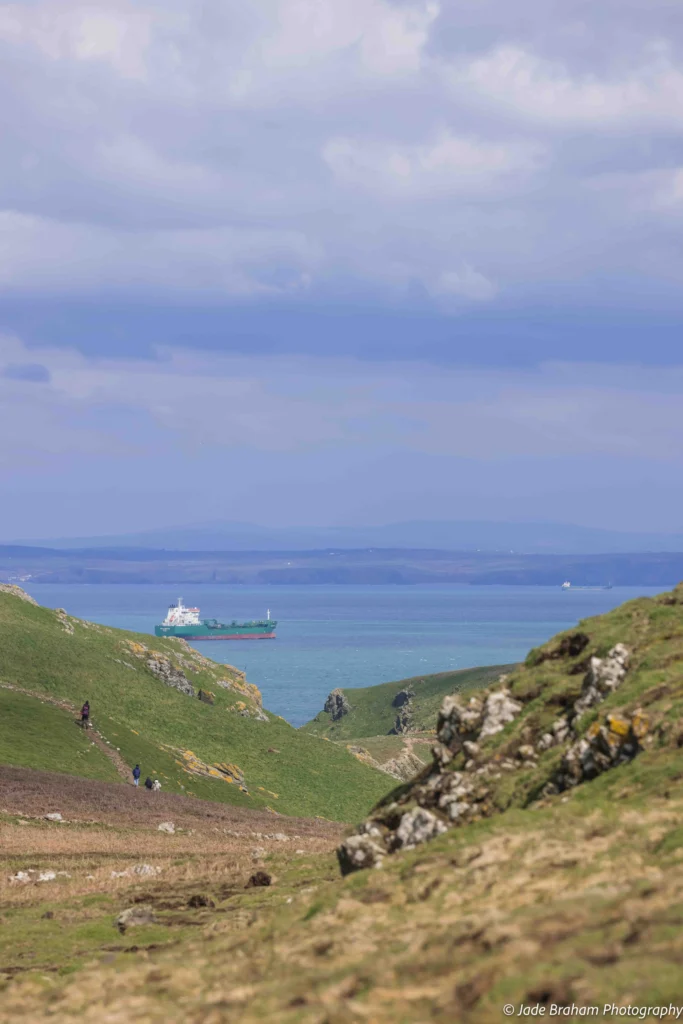
Which Skomer Island Walk to Take?
Your Skomer Island Boat Trip offers the chance to enjoy a full day of walking. There are several walks to choose from (see the Skomer Island map below), but here are a few of my favourites.
South Section
From the Landing Place to Skomer Head, it is around 3.2 miles, taking two to two and a half hours to complete. During this walk, you’ll pass The Wick, where you’ll have fantastic views of Pembrokeshire. From here, continue across the Wick Stream to Tom’s House and an ancient stone field boundary. You’ll arrive at Skomer Head, where Porpoises and Gannets frequent, and Skomer Island Puffins will be out in force. You’ll also have the chance to spot a rabbit or two before making your way through the island’s central path.
North Section
This section goes from the Landing Place to Garland Stone and Skomer Head and is approximately 3.4 miles. It takes around two to two and a half hours to complete. What’s great about this route is that it takes you to the Garland Stone, where many seals can be seen all year round. To get here, leave the Warden’s introductory talk and head up the main track towards the Old Farm, which has the island’s only toilets and picnic spot. From there, make your way through the North Valley towards the Garland Stone, passing a sea of bluebells. Once you’ve had the chance to admire the wildlife, walk southwest towards Bull Hole, where you’ll come across an area of heather, and end up at Pigstone Bay and Skomer Head. At the latter, there is a rabbit enclosure and a path leading back through the island’s centre.
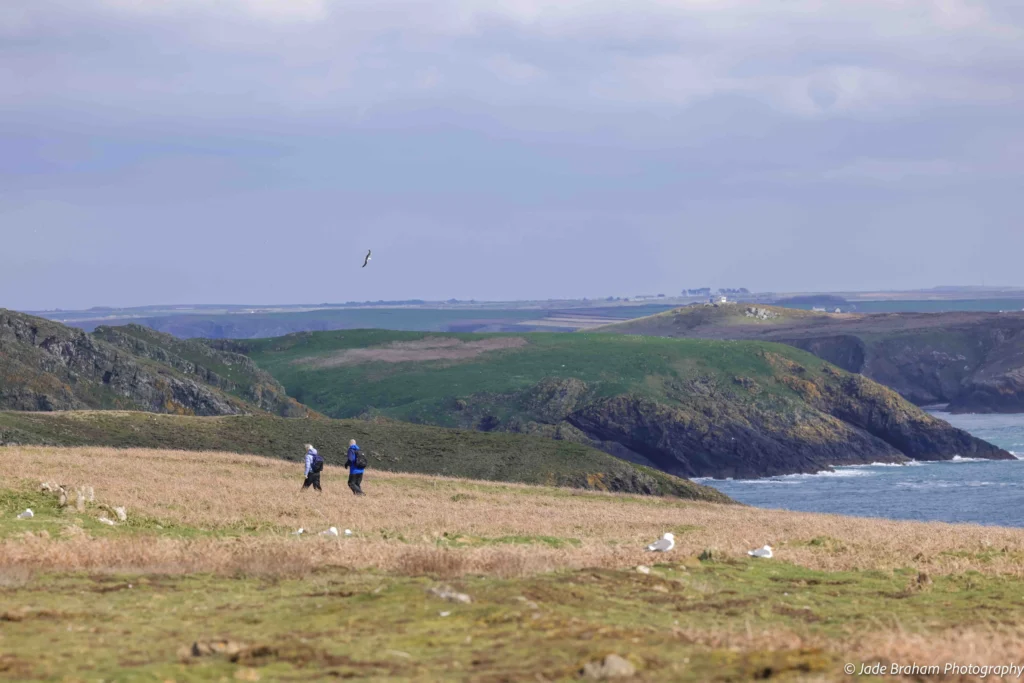
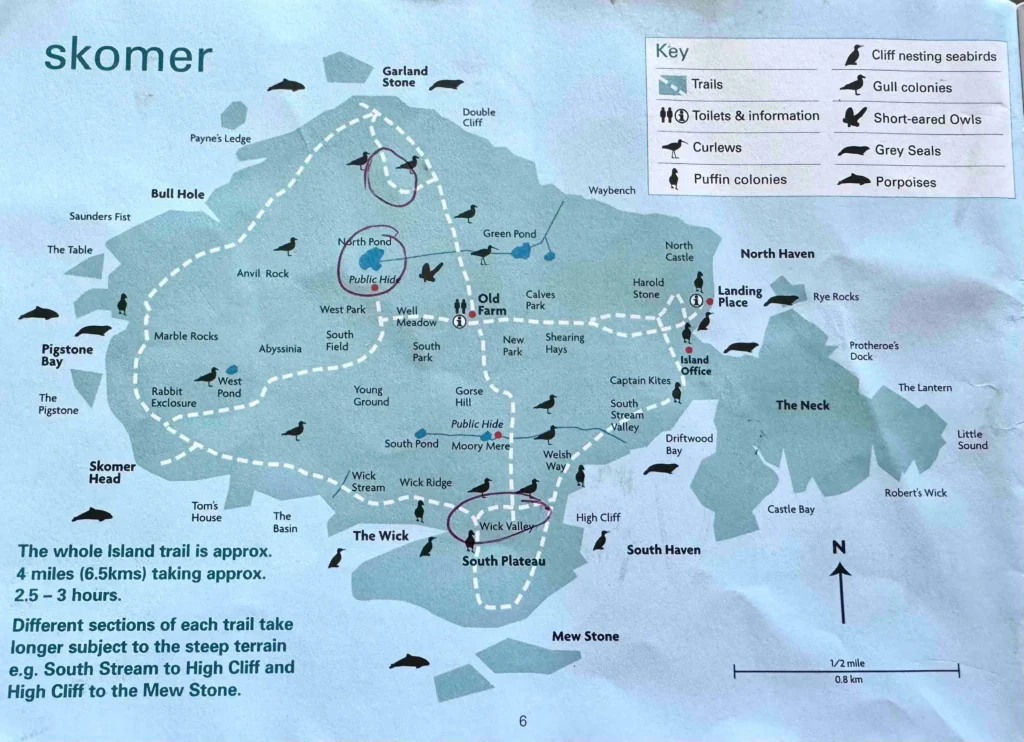

Island Circuit
From the Landing Place to Skomer Head. It’s roughly four miles, taking three hours to complete. This route covers all the accessible coastal paths, including must-see points like the Old Farm and the North Valley. Depending on your preference, you can either go clockwise or anticlockwise, but if you’re keen to see seals hauled out, then head to the Garland Stone around low tide. Below, I’ve detailed some of my favourite points of interest on the Island Circuit route, which I took in April 2024.

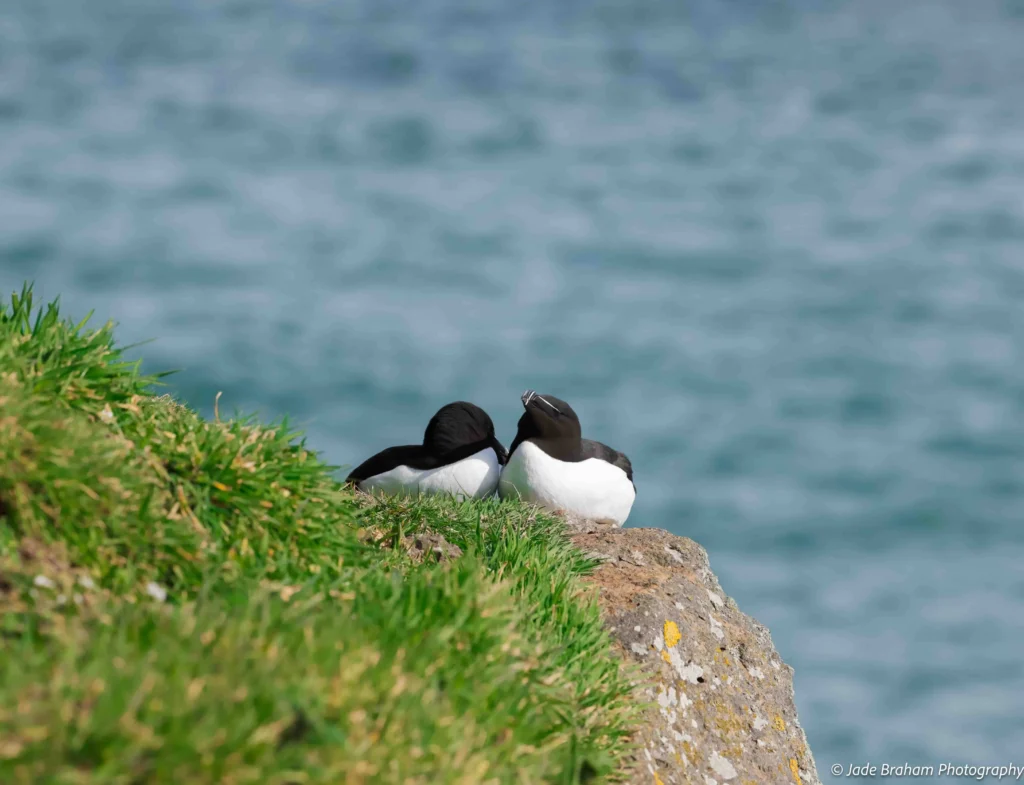
14 Things to See During Your Skomer Island Boat Trip
The order in which you see things on Skomer Island is based on the direction you take. I followed the Island Circuit walking route in an anticlockwise direction.
1. Lime Kilns
From the welcome talk, head north across gravelly and overgrown terrain to find lime kilns. The square stone structures of the lime kilns are remarkably well-preserved relics of the island’s prosperous era. The 19th-century farm used lime for building fertiliser and mortar. The limestone and coal for the kiln were brought to the island by coastal traders who landed on North Haven Beach.
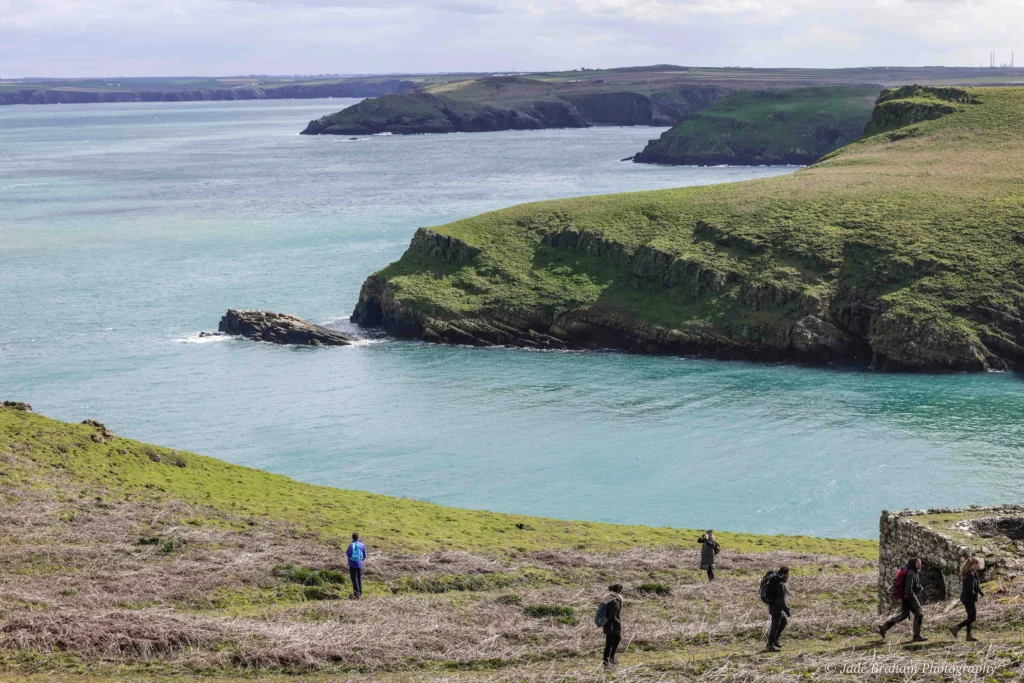
2. Harold Stone
Continue to meander through windswept fields where slender twigs sway in the breeze. The imposing silhouette of Harold Stone will come into view. This is a prehistoric monolith whose weathered appearance is untouched by man. It’s assumed that its undulating contours were smoothed by cattle rubbing themselves against it. The stone’s isolated position, towering over the island’s entire circumference, suggests its import, perhaps as an ancient burial site, a navigation aid for boats or a ritual monument. For me, it’s a “signpost” to North Castle, a rocky cliff face cloaked in verdant greenery beloved by seagulls. The North Castle offers one of the best viewpoints on the Island of Skomer.
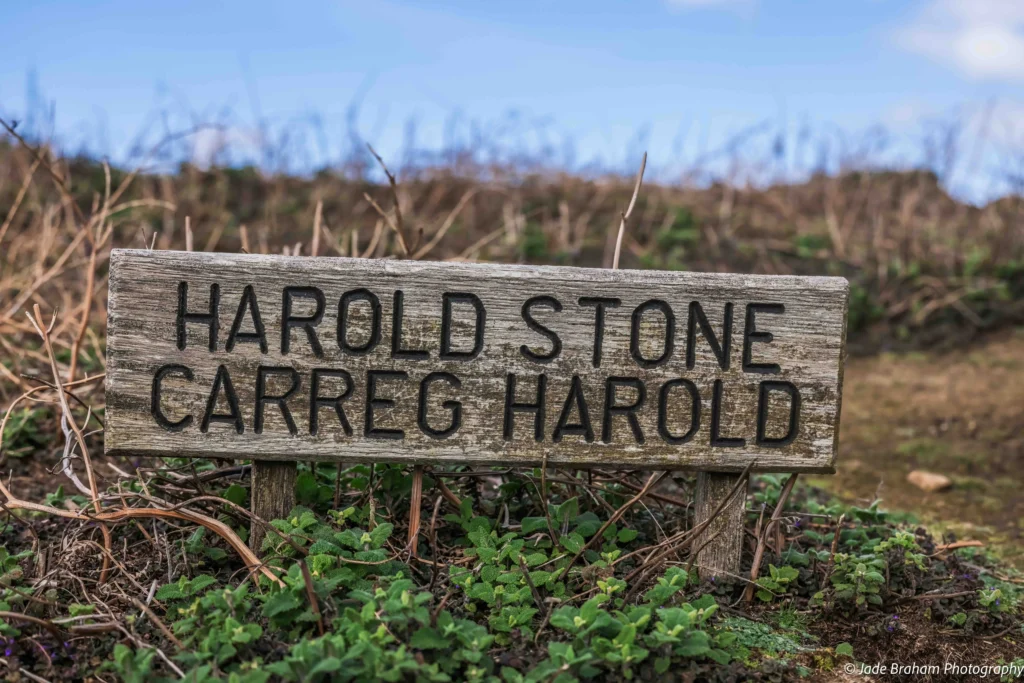

3. The Old Farm
Slice through the island’s heart and walk towards the roofless farmhouse, where ruins have been reclaimed by nature’s relentless embrace. Farming ended on the island in 1949, but thanks to a rebuilding project in 2005-2007, self-catering accommodation is available for overnight guests. The picnic tables inside the farmhouse are great for sheltering from the wind, while information boards provide further information about the island’s history. The farmhouse is the only place you’ll find toilets on the Island of Skomer, and behind the building, you’ll find an intact horse course.
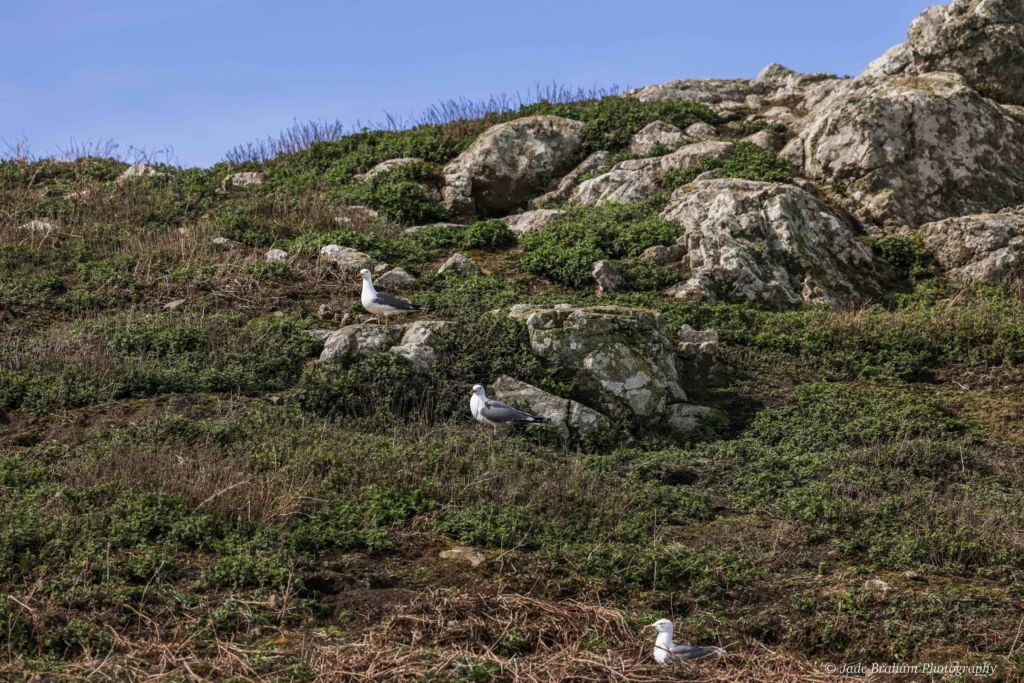
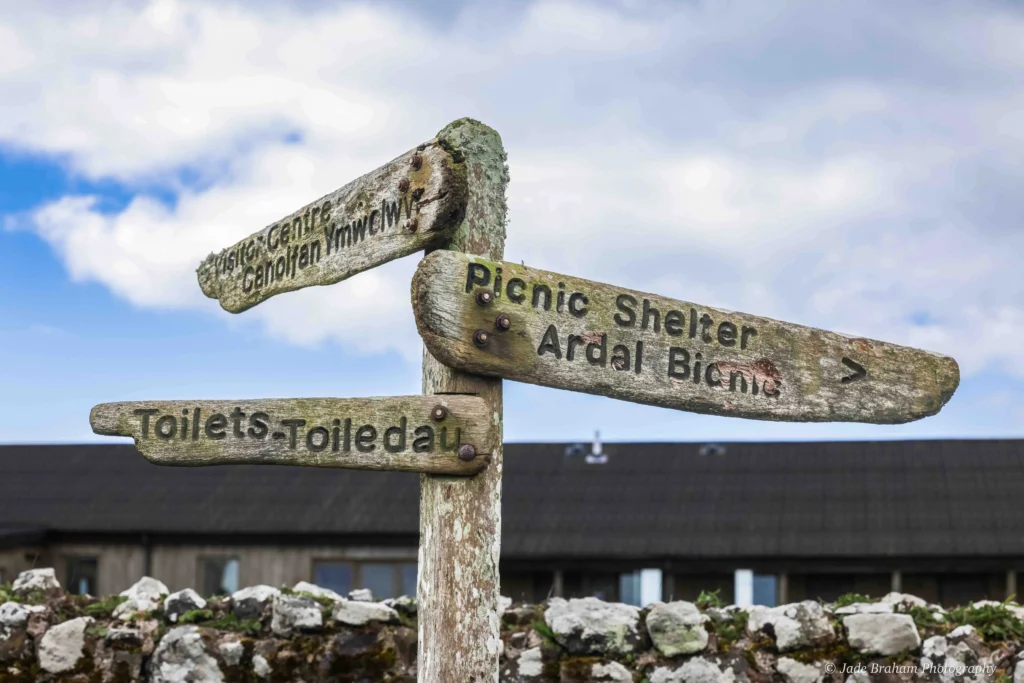
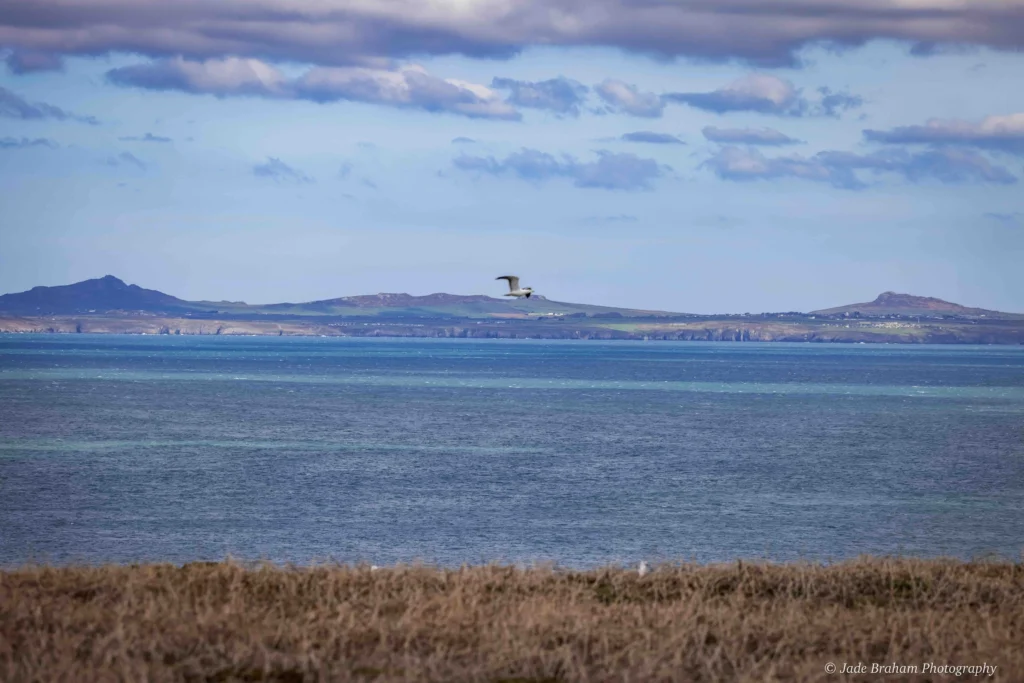
4. North Stream Valley
Following the stone brick walls around the back of the farmhouse and into the open expanse, you will discover the North Stream Valley. This area offers a captivating blend of rugged beauty and serene tranquillity. The babbling brook that gives the valley its name meanders lazily through the landscape; its crystal-clear waters trickle underneath a haphazardly shaped bridge comprised of moss-covered rocks that look untouched by time. With every step, it feels like you’re losing yourself in the island’s wild landscape, and as I did, I spotted elusive wildlife darting amongst the undergrowth or lounging on sharp-edged boulders.
Further along this path, you’ll alight at the North Valley, the last refuge for nesting Curlew in Pembrokeshire. As you walk, listen out for the bubbling songs cried by the Lesser Black-backed Gulls, and if you’re lucky, you might spot an owl hunting to feed its young. This usually happens in June and July. In May, the North Valley is adorned with bluebells, which suggests Skomer Island was once wooded before Neolithic settlers made it their home.
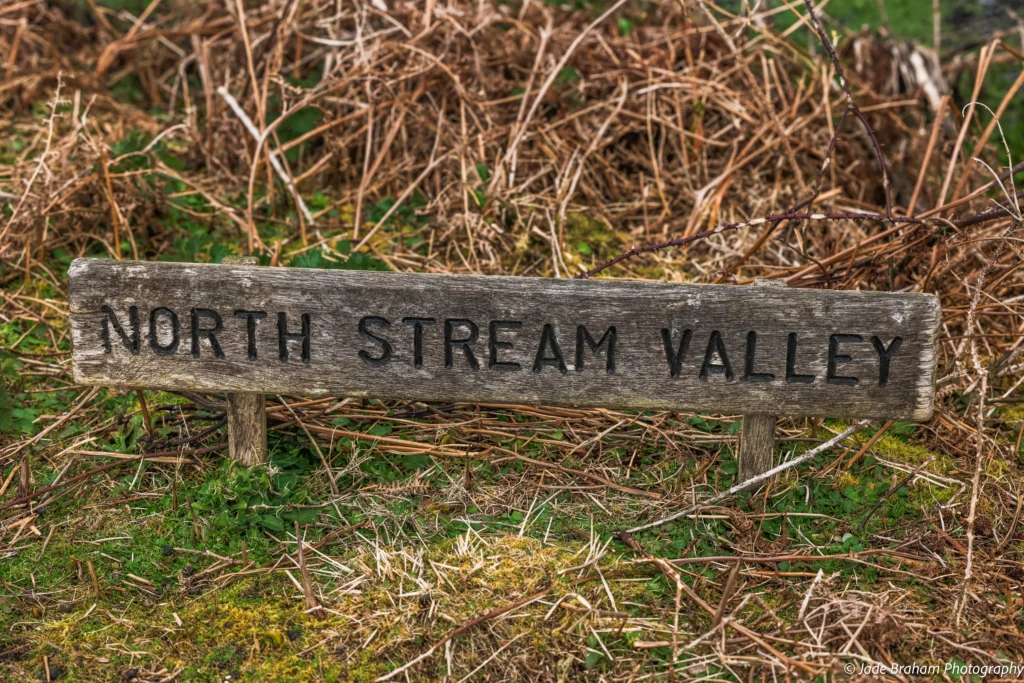
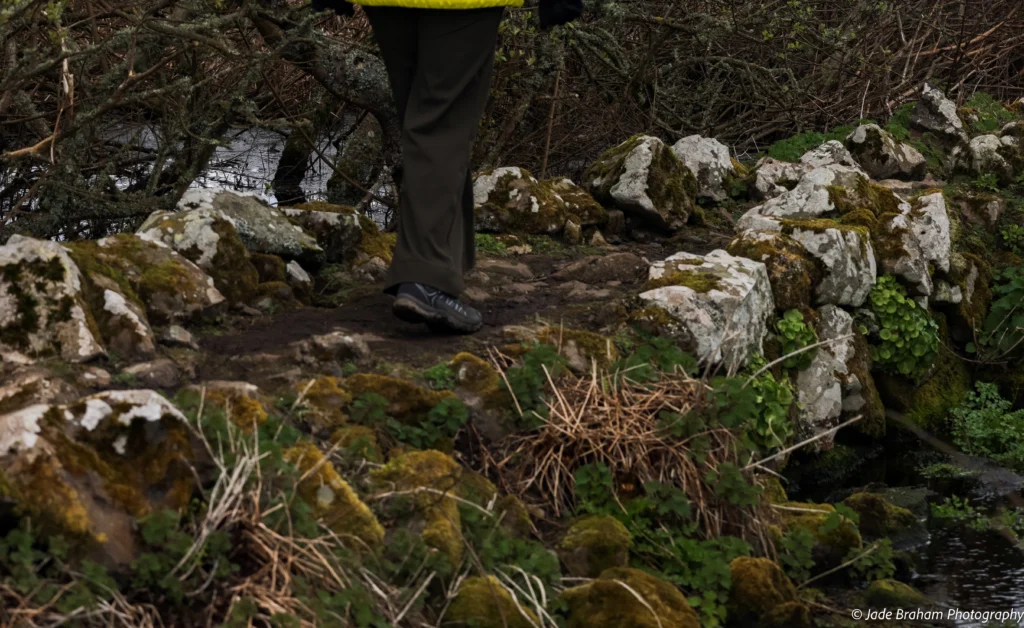
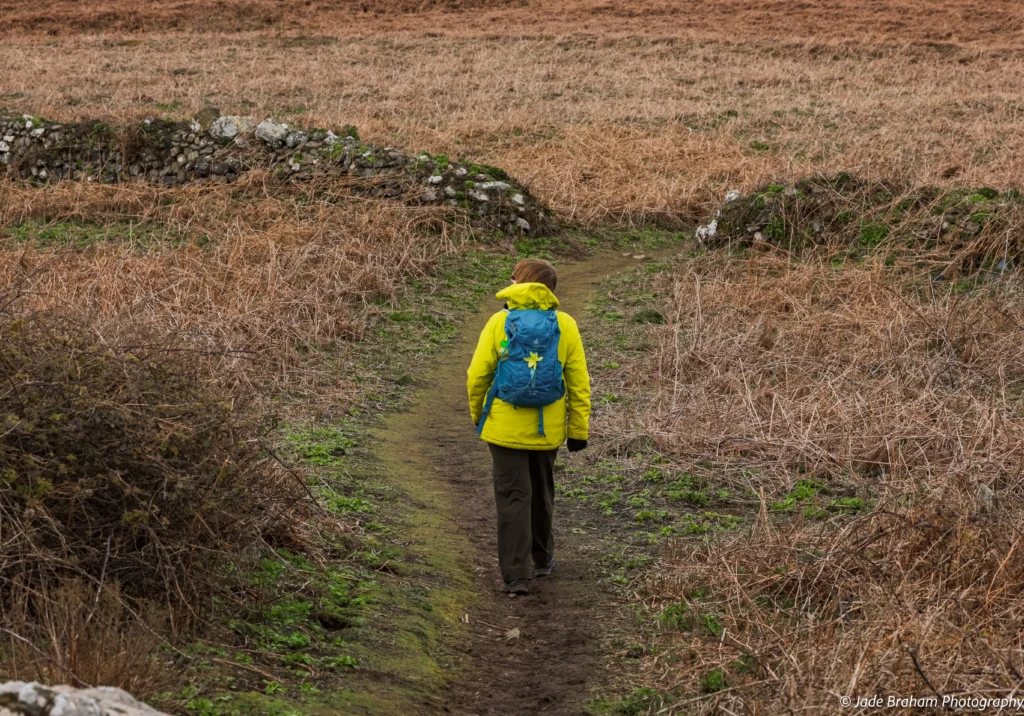
5. History Trail
You can’t visit Skomer Island without a short diversion to the History Trail, which takes you past the ruins of circular Iron Age huts and the remains of many Iron Age walls. It is believed that these walls were once 1.5 metres high, and a group of up to nine small cairns mark a human burial site or prehistoric cemetery.
6. Garland Stone
During your Skomer Island day trip, walk from the North Stream Valley towards the Garland Stone. This stone is an imposing pyramidal stack off the northern tip of Skomer Island. At low tide, Grey Seals are hauled out here, and during high tide, Gannets and Porpoises are attracted to its jagged contours. You’ll notice Ramsey Island is around 12km north of the Garland Stone, and you’ll also see a line of rocks known as the Bishops and Clerks. Surrounding the Garland Stone are many Puffin habitats; some puffins are hiding from view under their burrows while others walk fiercely amongst the human visitors.
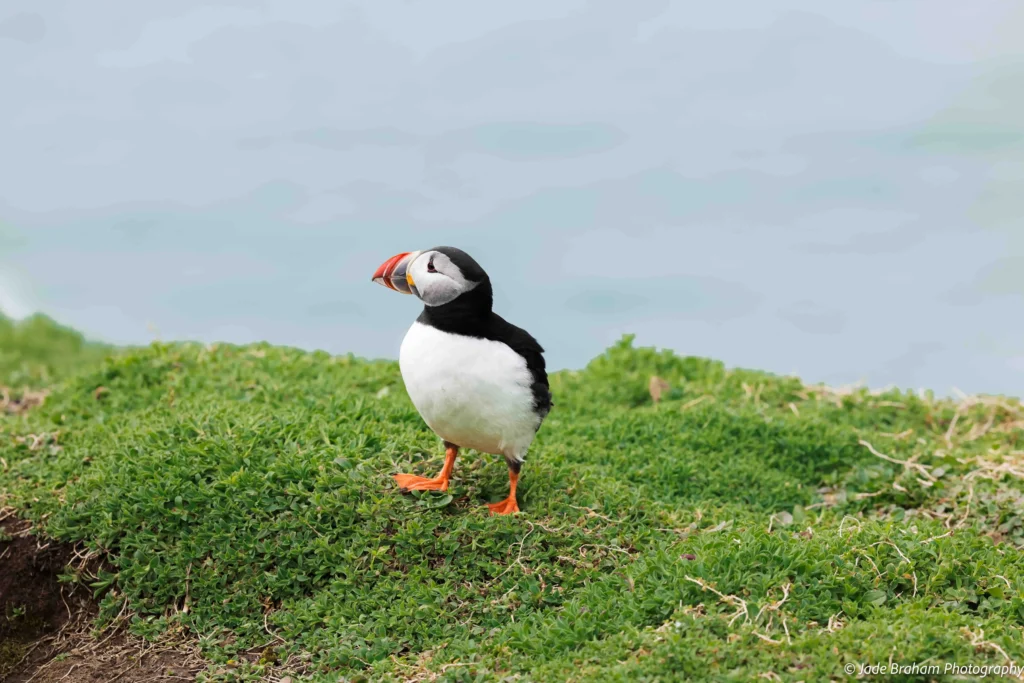
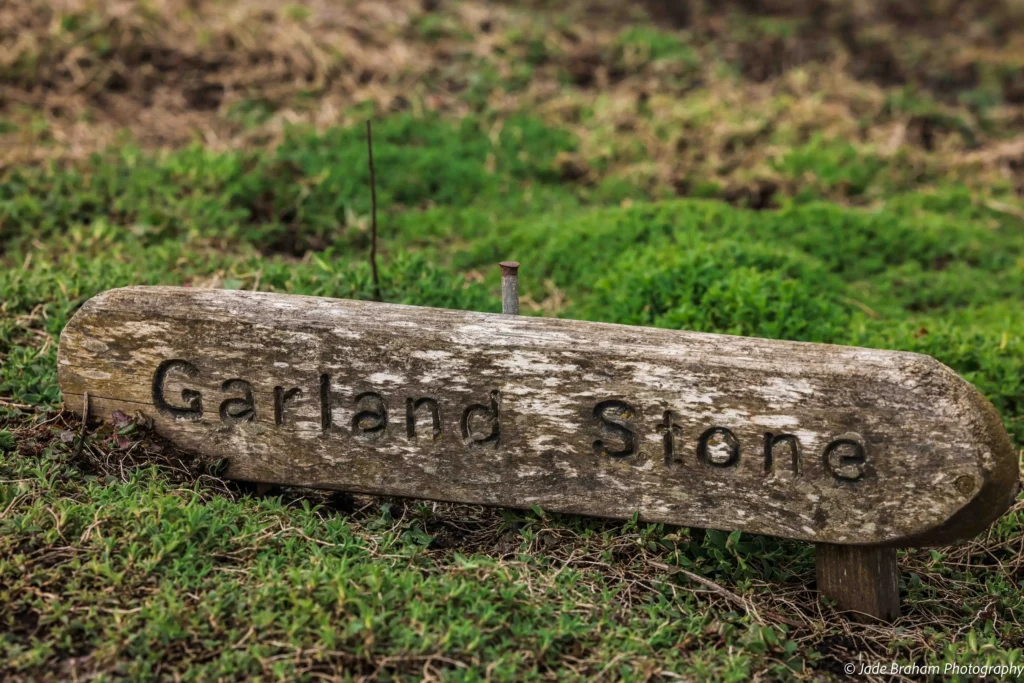
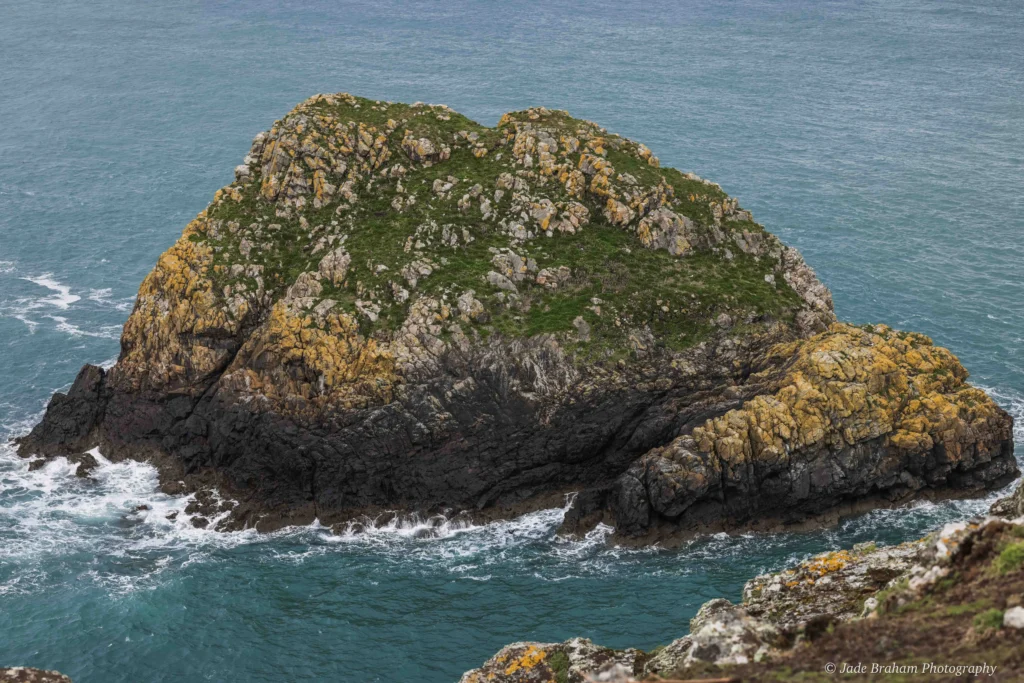
7. Rabbit Enclosure
From the Garland Stone, the southeastern section of the island is teeming with wildlife activity. Here, Puffins come out in force, their charming antics captivating visitors at every turn. Against the sweeping coastal views, puffins and rabbits also share the stage. The bunny’s presence dates back to the island’s introduction in the 13th century. Since Skomer’s designation as a nature reserve, the rabbit population has thrived, now numbering around 10,000.
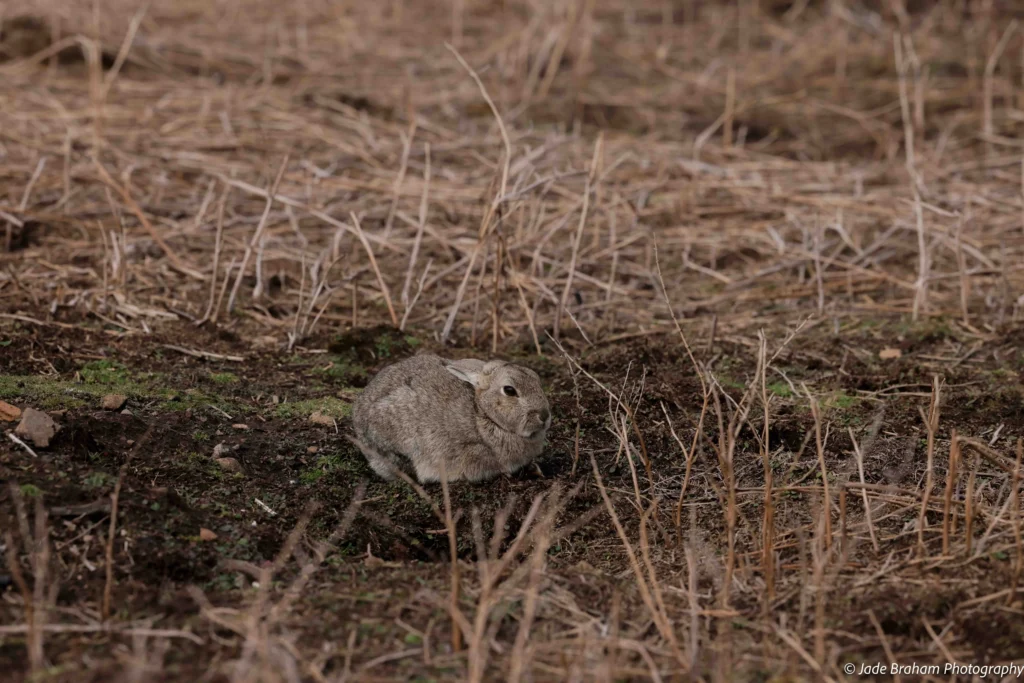
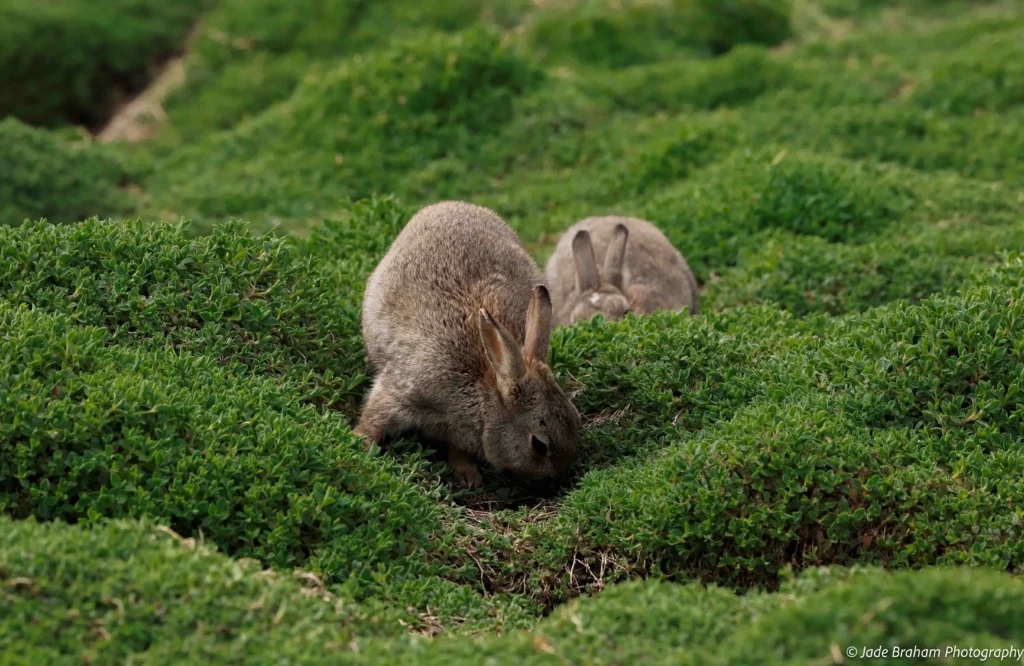
8. Pigstone Bay
Along Skomer Island’s south coastline is Pigstone Bay, where you’ll find an offshore stack. In the bay, Grey Seals use the turbulent waters as a jacuzzi, and Porpoises can often be seen here. On the Pigstone, Guillemots fight for space to rest. In July, adult males coax flightless chicks out to sea, leaving the stack empty.
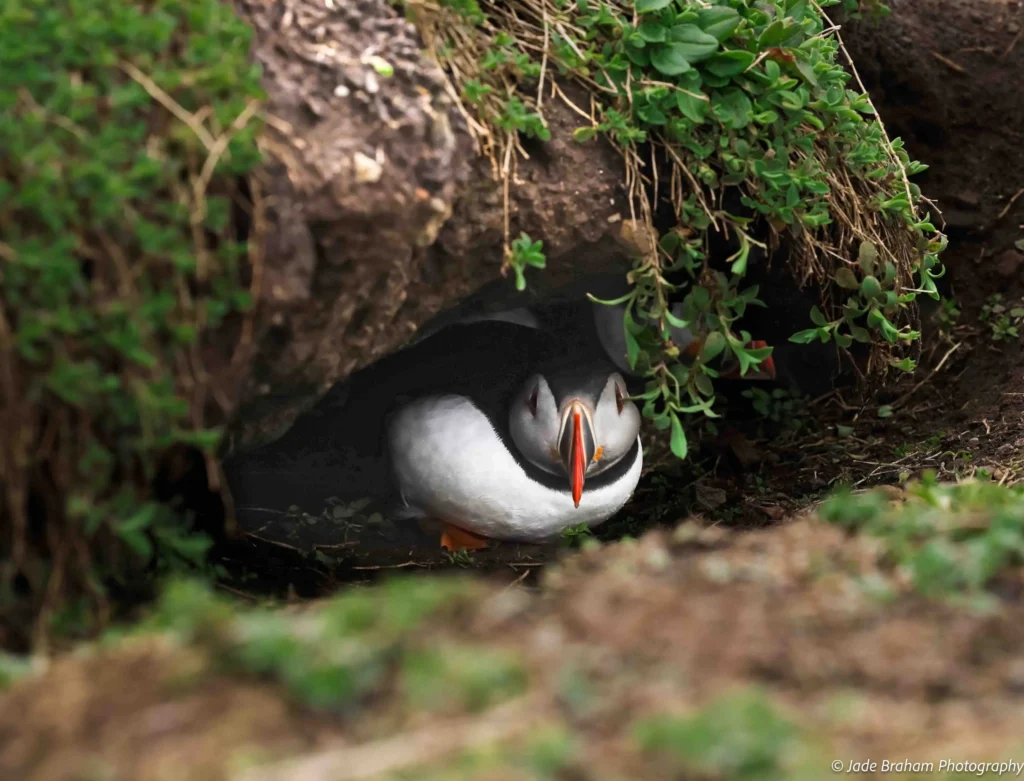
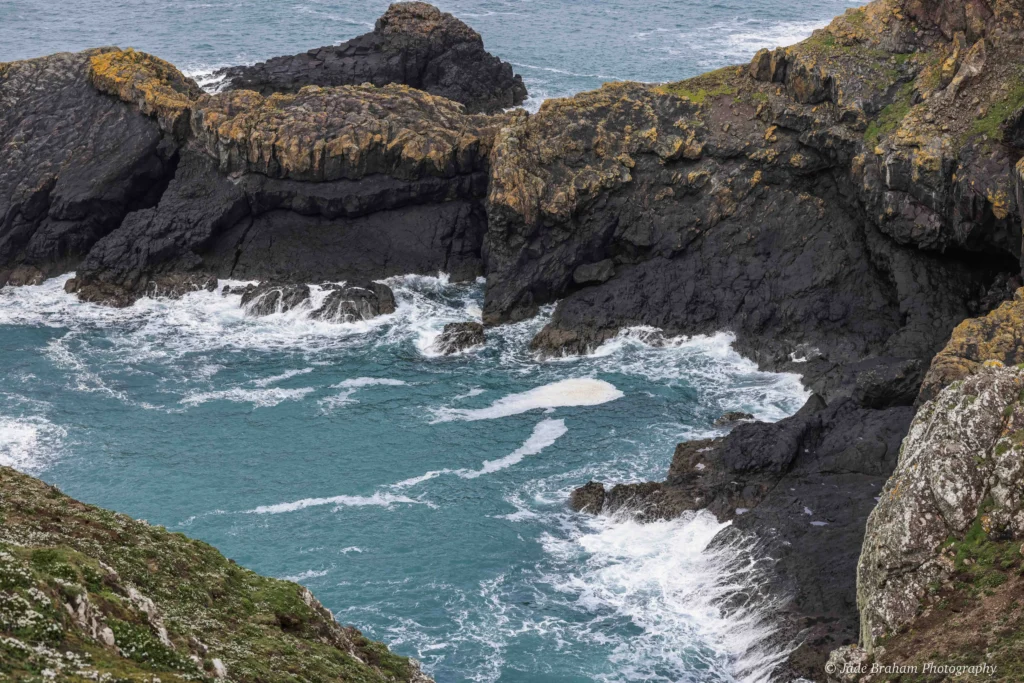

9. Skomer Head
Skomer Head is an exposed headland dominated by thrift, which in summertime creates a sweeping hue of pink. There is an incredible coastal view from here, which overlooks the bay of Tom’s House and the rocky promontory of The Amos. Just off Skomer Head, you’ll see flocks of Gannets breeding.
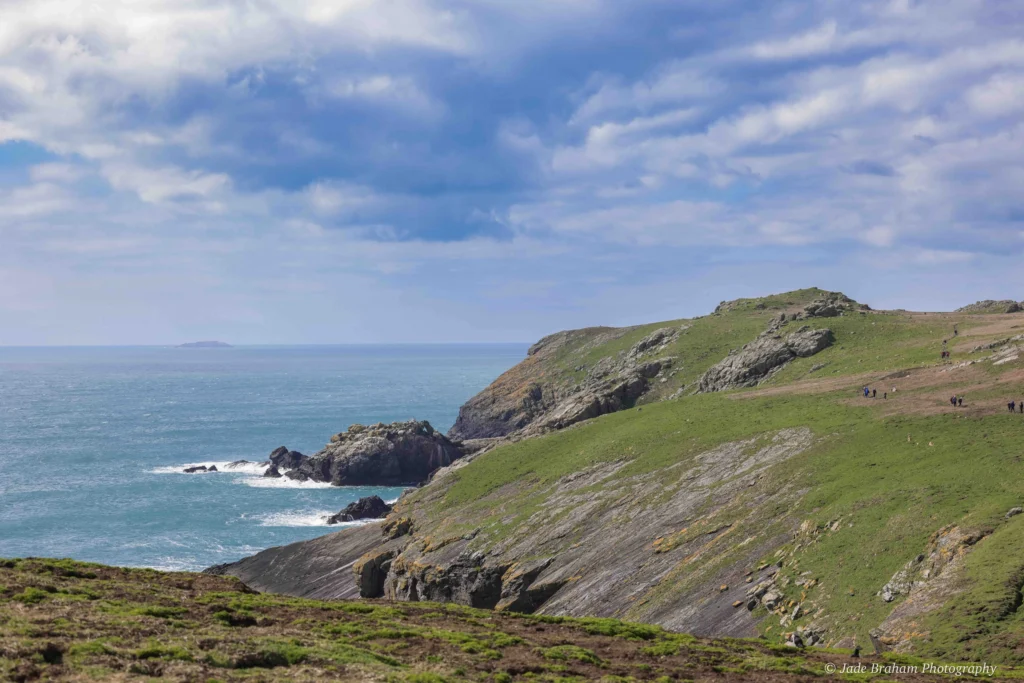
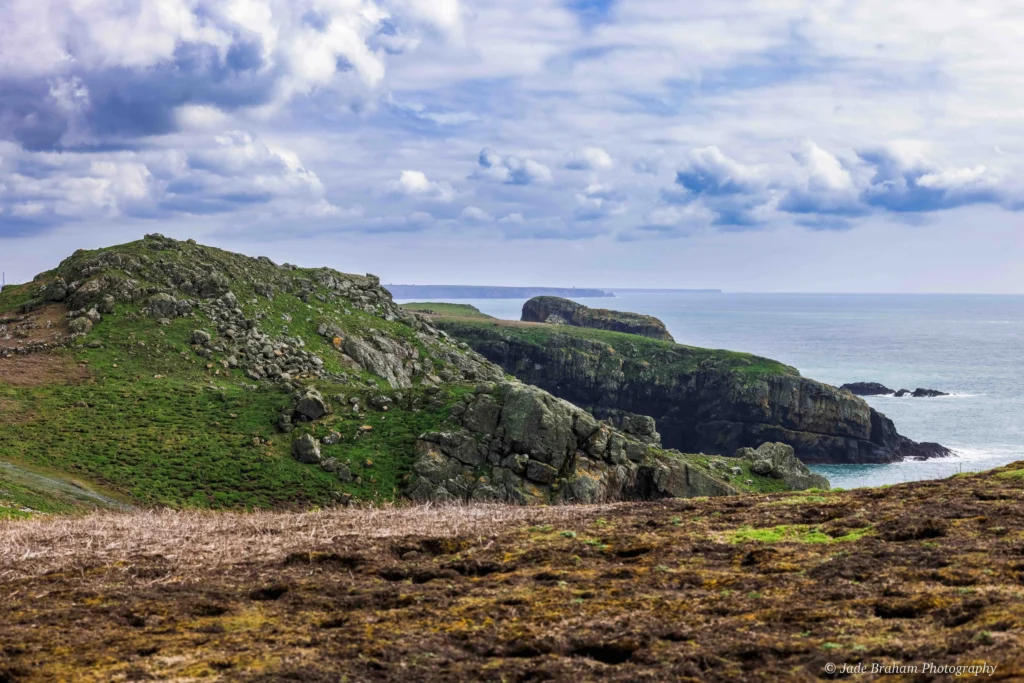
10. The Wick Stream
During your Skomer Island day trip, you’ll see more than wildlife. Rare plant life also thrives. As you cross the wick Stream, where seven small stone dams still exist, you’ll notice a rare Three-lobed Water Crowfoot. This plant can be found in the first boggy area you cross.

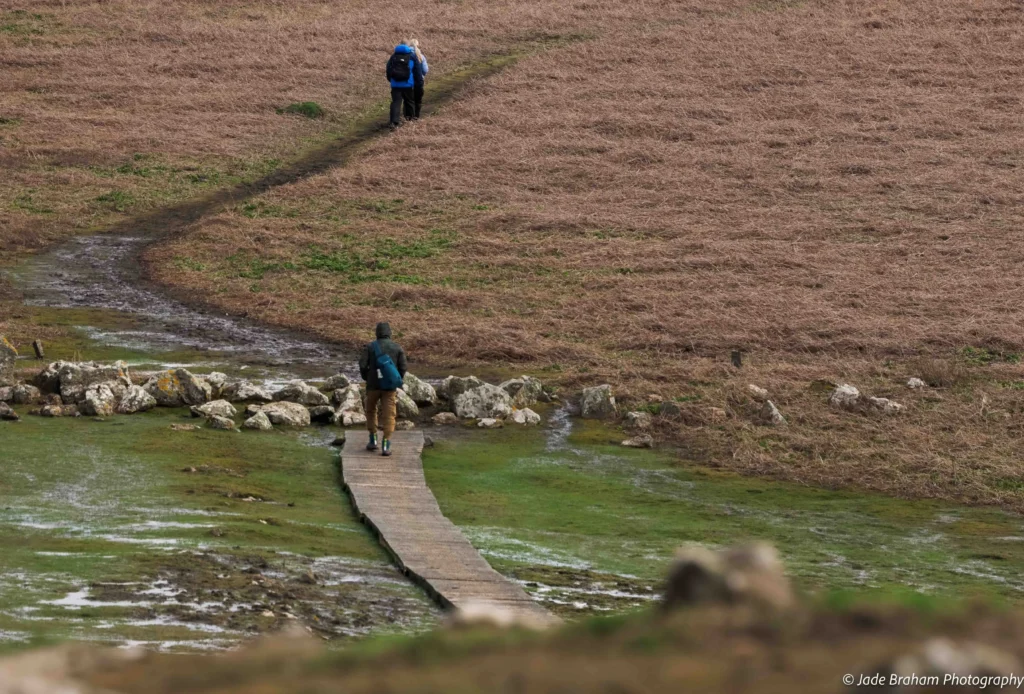
11. The Wick & Wick Valley
Along The Wick, the puffins paint a scene of lively commotion: pairs rub their noses together (it looks like a tender display of affection) while others hop across the verdant greenery. Some assert their dominance with spirited flaps. Amid this bustling puffin community, easily 100 puffins overlook the ocean while one boldly stands sentinel-like on a rocky outcrop, reminiscent of Simba’s iconic pose. A few seek solace beneath the shelter of their burrows, wary of human intrusion.
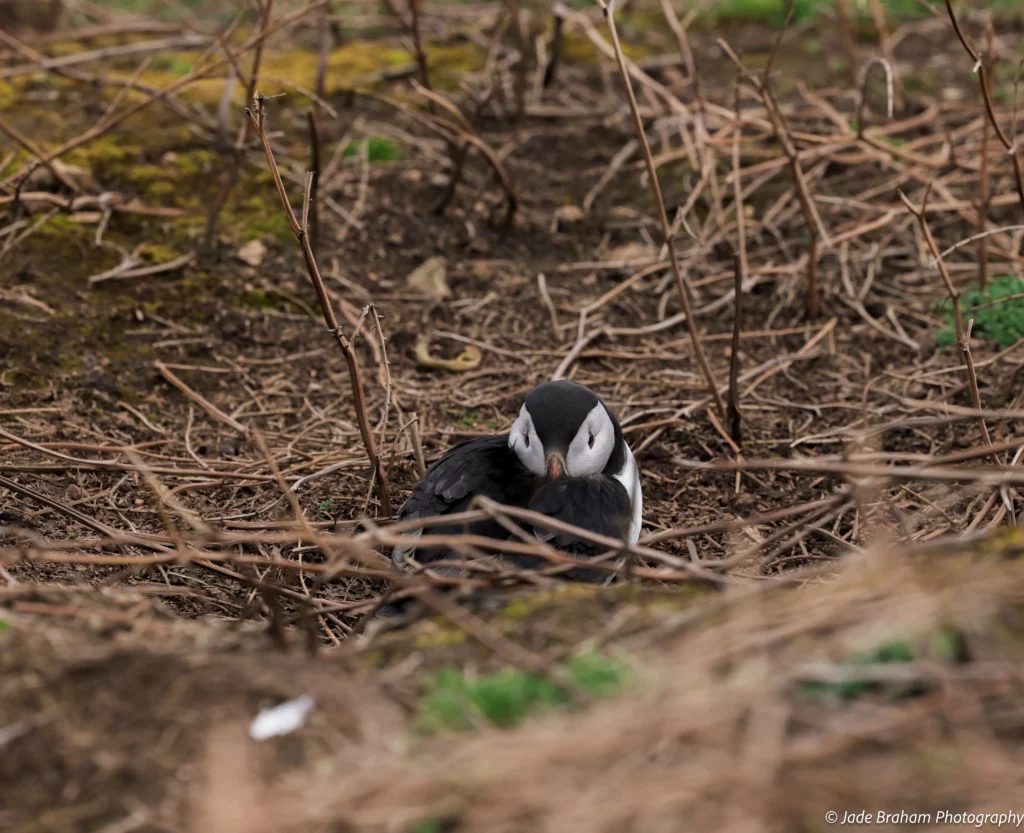
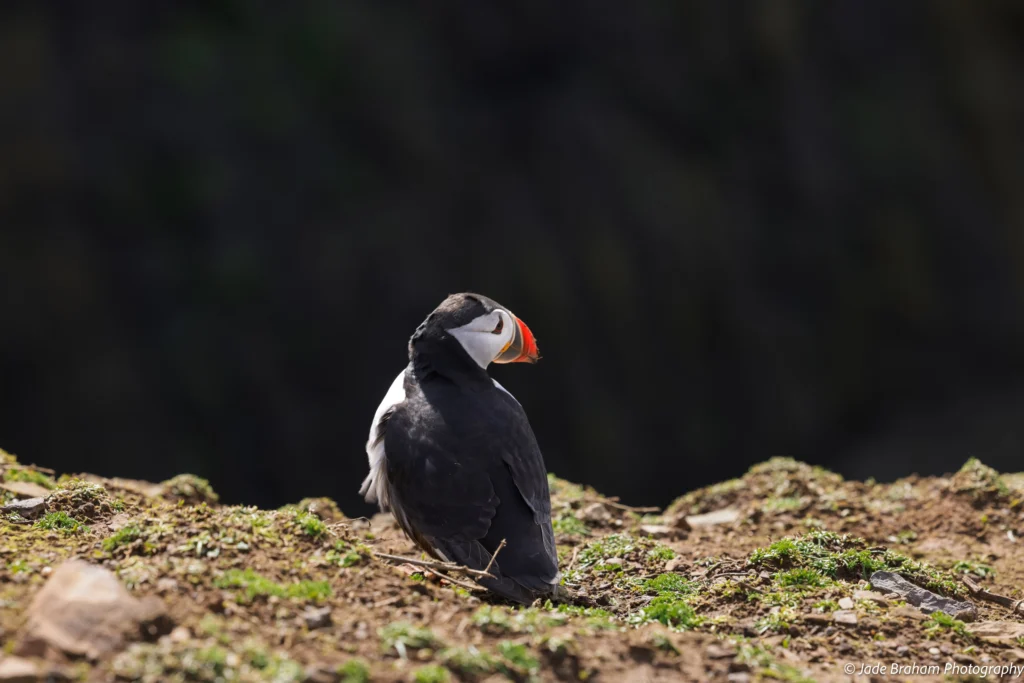
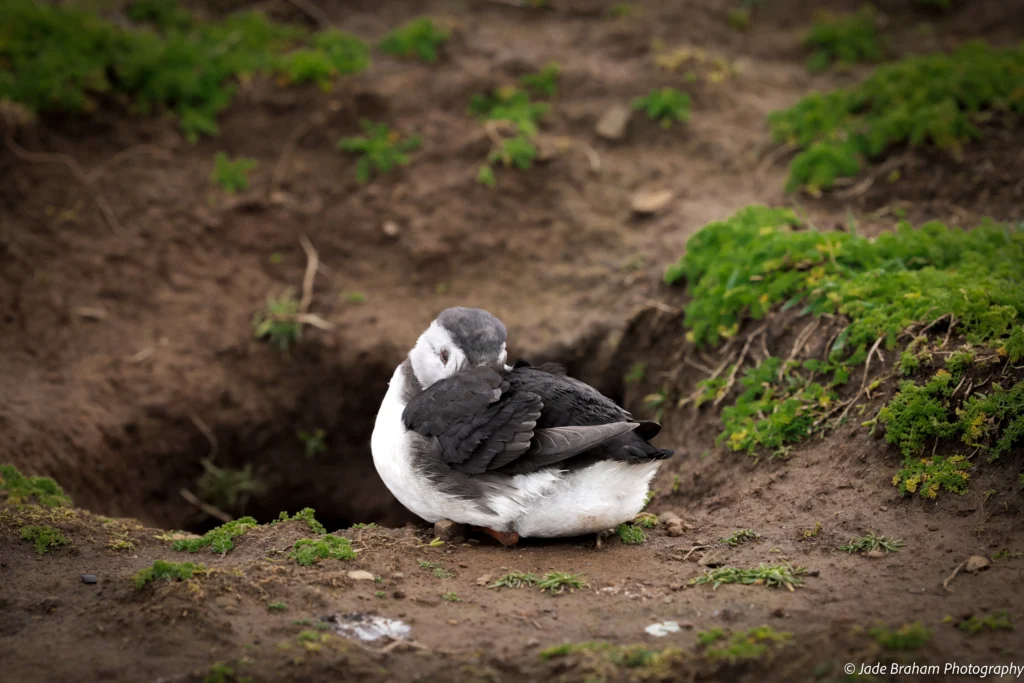
12. The Welsh Way
Along the Welsh Way, you’ll often see white Sea Campion, which perfumes the land with a hint of sweetness in springtime. Lesser Black-backed Gulls can be seen here, and puffins are within touching distance. They’re clearly used to human visitors because they pay you little attention, continuing to gather in social groups, chirping away as if they’ve got something juicy to gossip about. From June to mid-July, is when these charismatic birds continuously fly off and onto the island, beaks brimming with silvery sand eels to feed ravenous chicks.
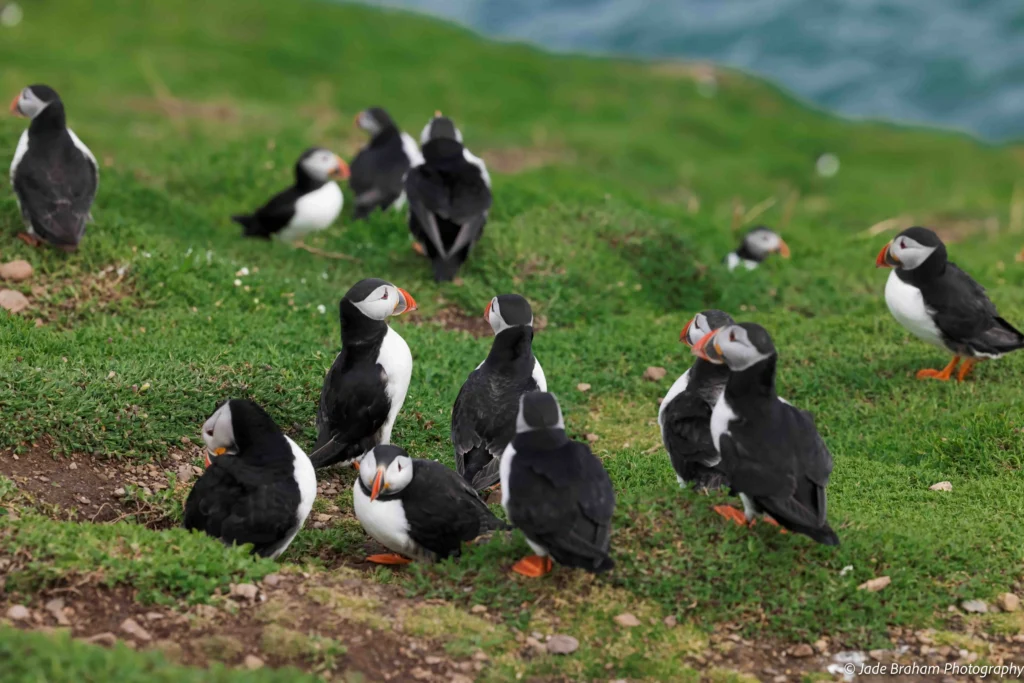
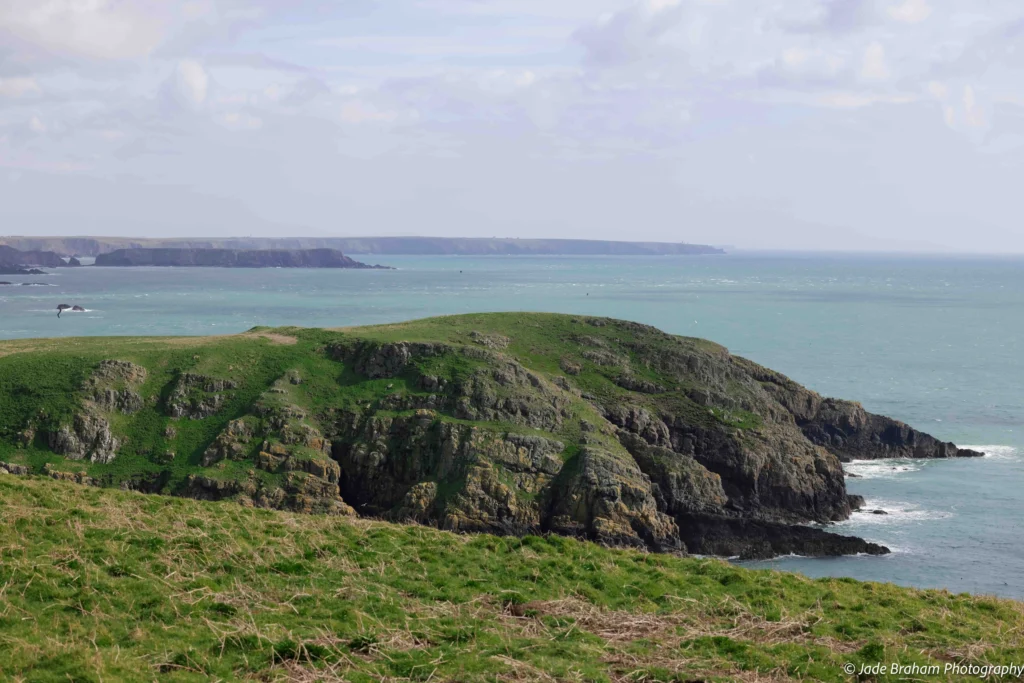
13. South Stream Valley
Continue your Skomer Island circular route along the South Stream Valley, a sheltered landscape that attracts insects and birds. Often seen here in May are the chattering Sedge Warblers. These fluffy cuties will have just returned from Africa to set up their breeding territories.
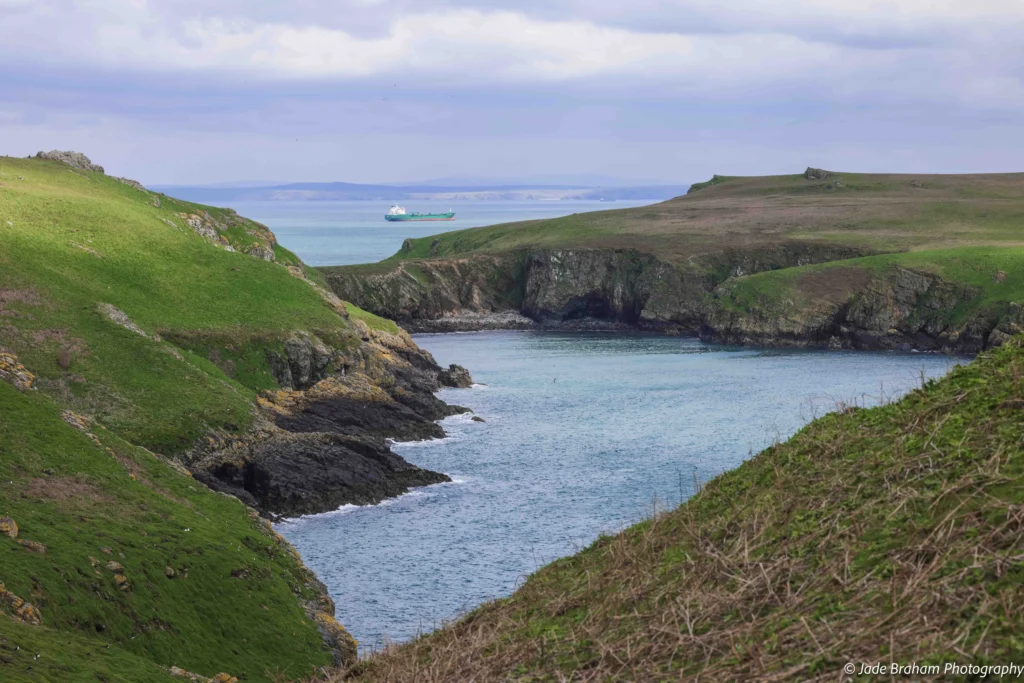

14. Captain Kites
Conclude your circumnavigation of Skomer Island at Captain Kites, a rugged peninsula commanding a breathtaking view over South Haven and The Neck. The latter is only accessible for designated research and monitoring endeavours. From the Captain Kites, you can easily walk to the boat that’ll return you to Martin’s Haven. As you do, you’ll catch a glimpse of a serene tableau: a congregation of approximately thirty Grey Seals basking lazily in the tranquil bay below.



Final Thoughts on Taking The Skomer Island Boat Trip
Skomer Island—a sanctuary where nature reigns supreme and humanity humbly exists at the mercy of its wild inhabitants – is one of the most unique places in Britain. It’s certainly one of the more unusual things to do in Pembrokeshire, and for that reason, you should visit now before it gets too popular. There aren’t many places in the world where you can view wildlife at its best – untouched and thriving. So, what are you waiting for? Will you take a Skomer Island boat trip in 2024?
For more things to do in Pembrokeshire, check out my guide to St. Davids and my guide to the 12 prettiest villages in Wales.
Like This Skomer Island Boat Trip? Pin it for Later!

